Incredible new secrets of the world's ancient wonders revealed
Amazing revelations about the ancient world
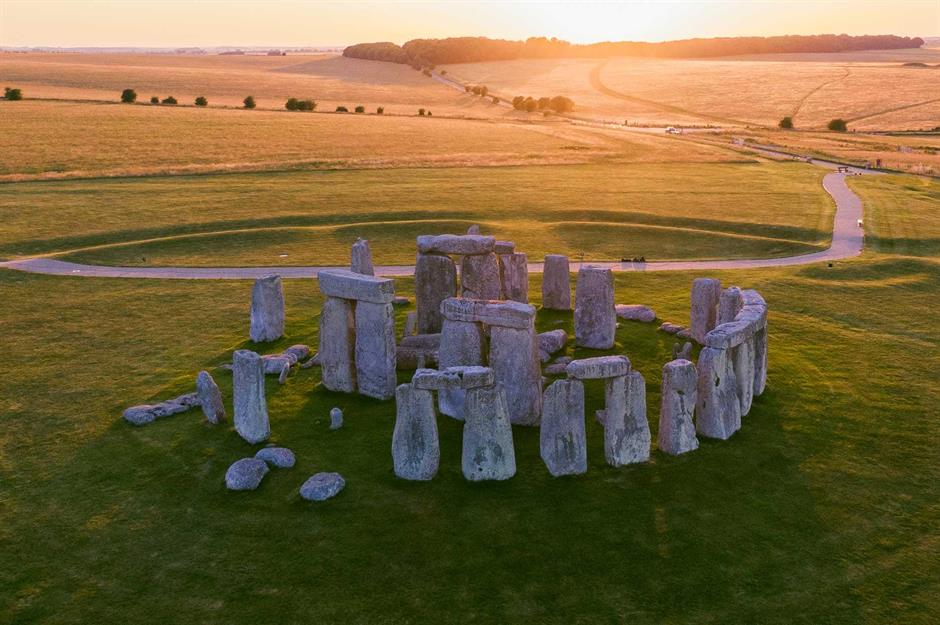
Pompeii's hidden house
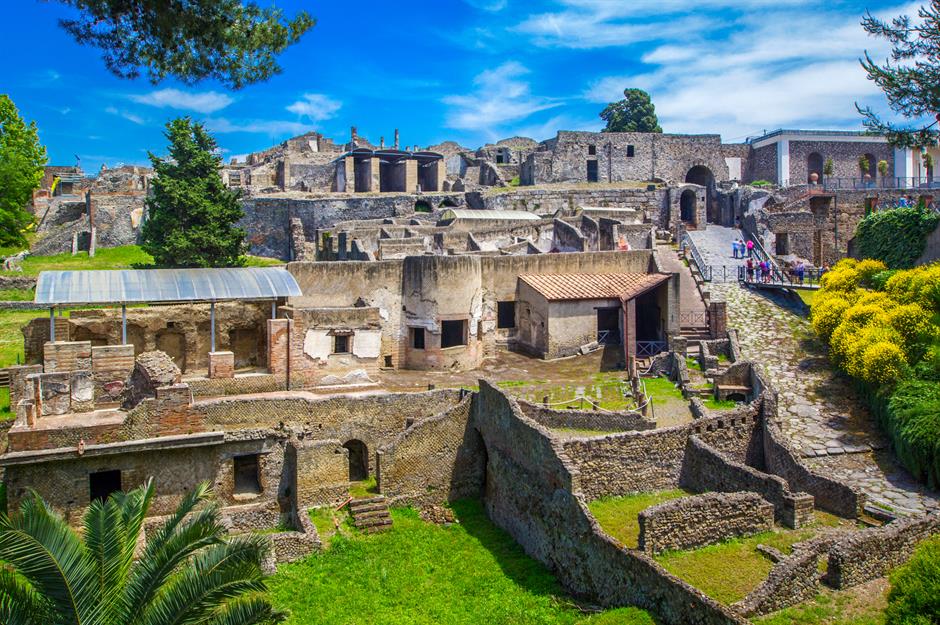
Pompeii's hidden house
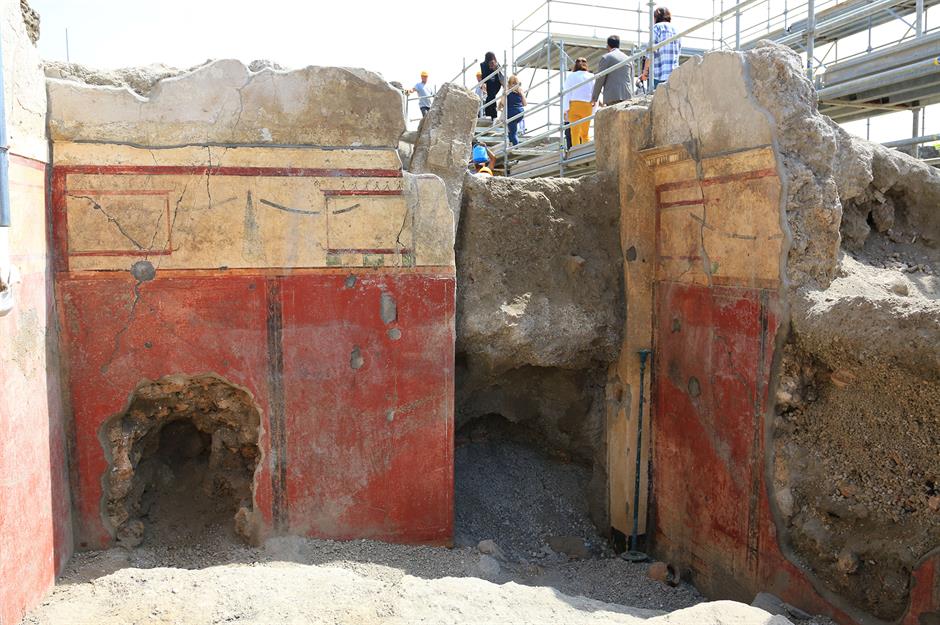
The buried House of Jupiter (pictured) is an art-filled home thought to have belonged to a member of Pompeii's elite. Archaeologists believe it had been unearthed before, in the 18th or 19th centuries, but was forgotten as other parts of the site were excavated. Experts rediscovering the house found paintings (including one of the god Jupiter, hence its nickname), as well as colourful wall designs and frescoes, coins and ornaments. This find offers revealing insights into the lifestyle of Pompeii's upper classes.
Pompeii's slave quarters
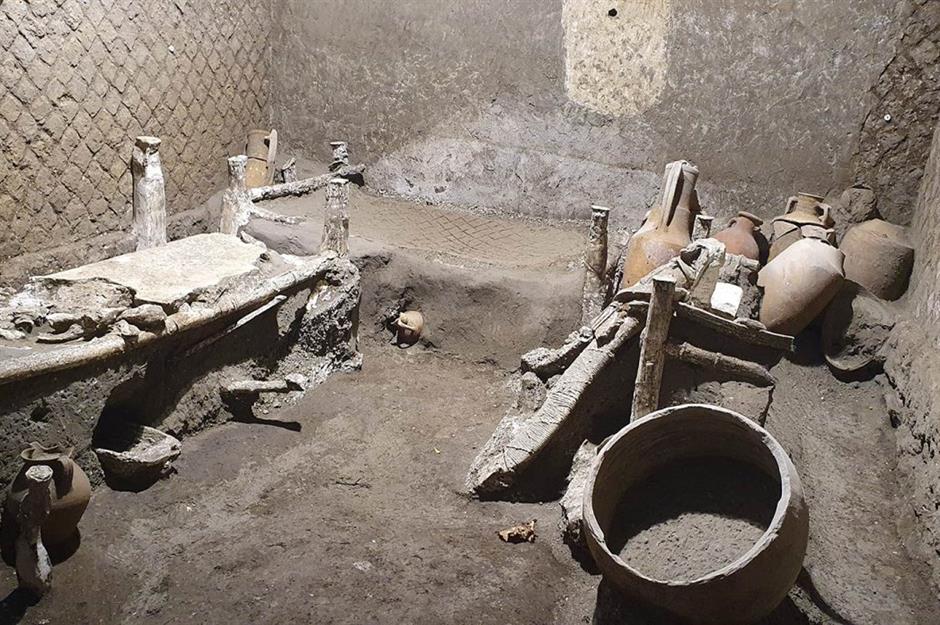
Meanwhile, a more recent discovery has allowed researchers to better understand the lives of lower classes in Pompeii. In November 2021, archaeologists announced the discovery of a well-preserved room which had been inhabited by enslaved people, around 0.4 miles (700m) northwest of the city walls. The 172-square-foot (16sqm) space contained a wooden chest, three beds and a chamber pot among other items. Also in 2021, the remains of a 2,000-year-old skeleton were found, believed to have belonged to a man in his forties who was trying to escape the volcanic eruption.
Four rooms show domestic life in Pompeii
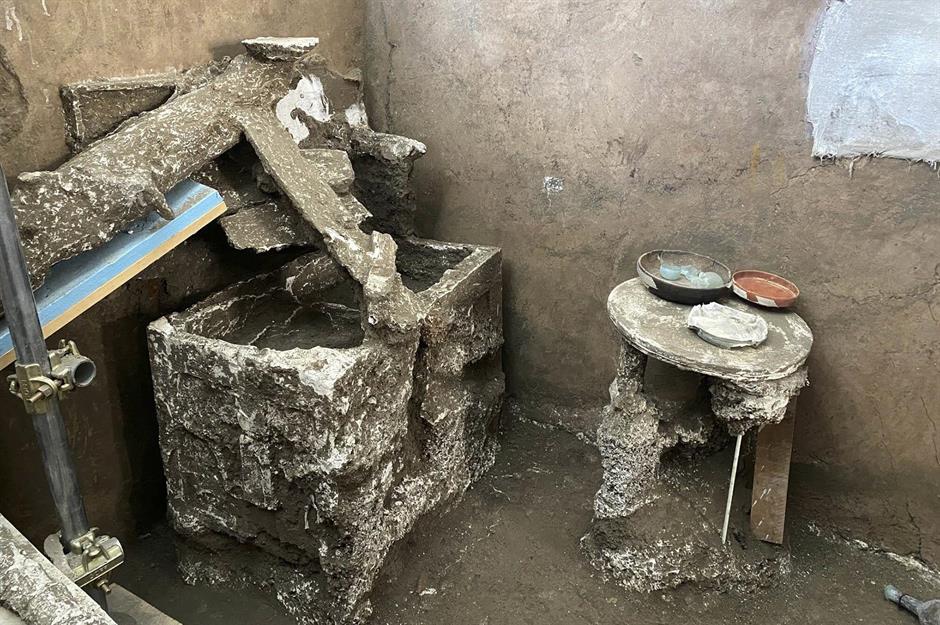
Just when we thought we'd learned all there is to know about day-to-day life in this ancient city, archaeologists uncovered four new rooms of a house in August 2022. Offering an insight into the domesticity of Roman citizens before the eruption, the artefacts found include a bedframe, three-legged table and ceramic plates in a bedroom (pictured), a storage room with a wooden cabinet, plus two upstairs rooms with an incense burner and bronze pieces.
Love this? Follow our Facebook page for more travel inspiration
Four rooms show domestic life in Pompeii
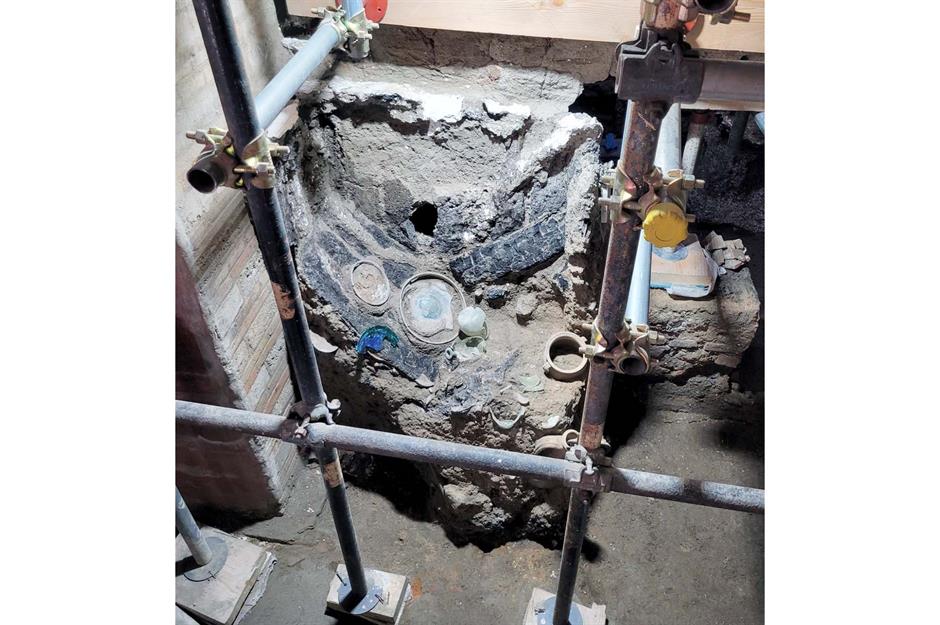
Four rooms show domestic life in Pompeii
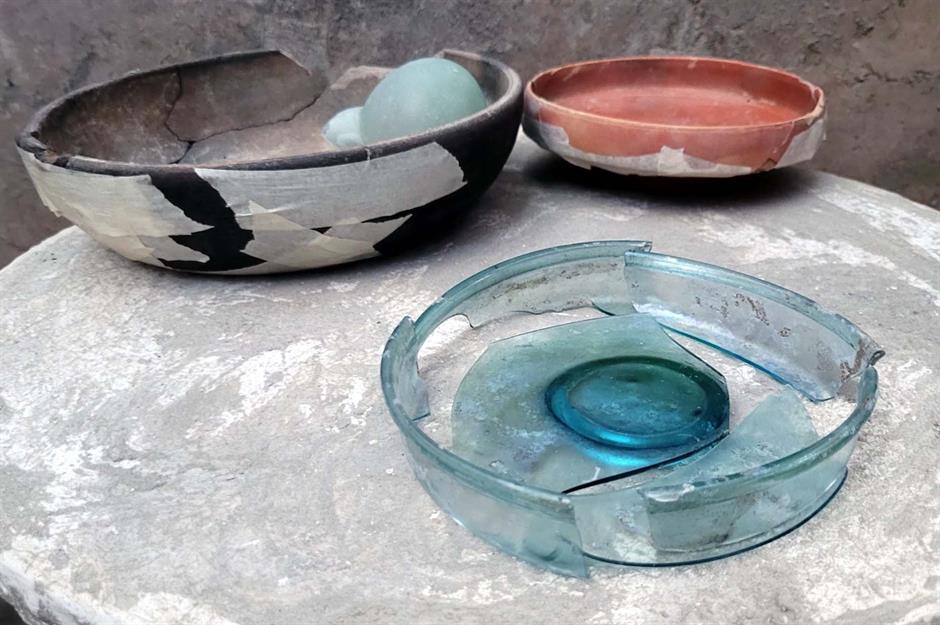
In another room, thought to be the bedroom, archaeologists discovered a wooden chest that had been left open with items discarded across the floor, most probably as the inhabitants tried to hastily leave the city. Remarkably, some of the crockery (pictured) is extremely well-preserved, including ceramic bowls and a glass plate.
The truth about Hierapolis' 'gate to hell'
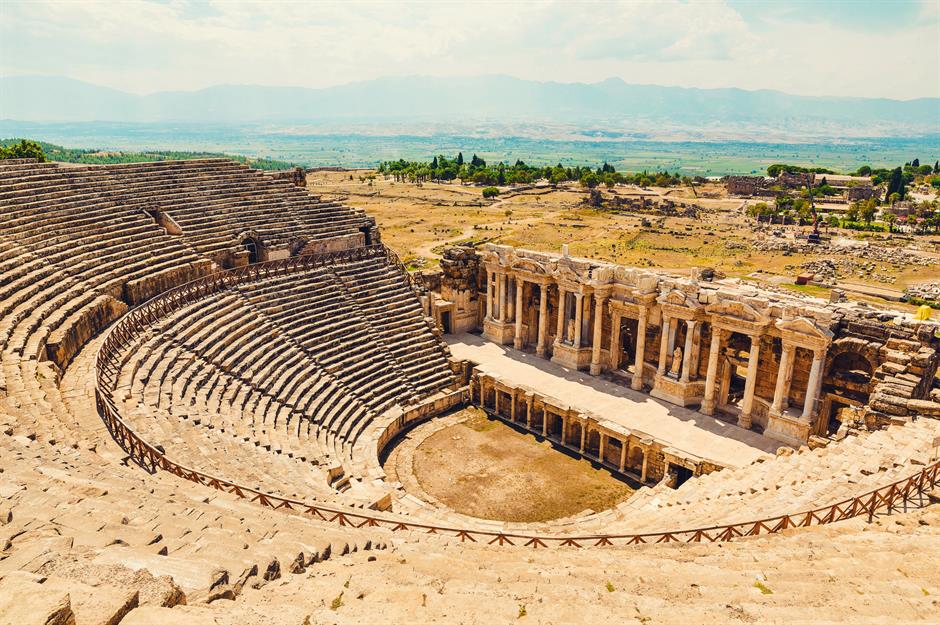
The truth about Hierapolis' 'gate to hell'
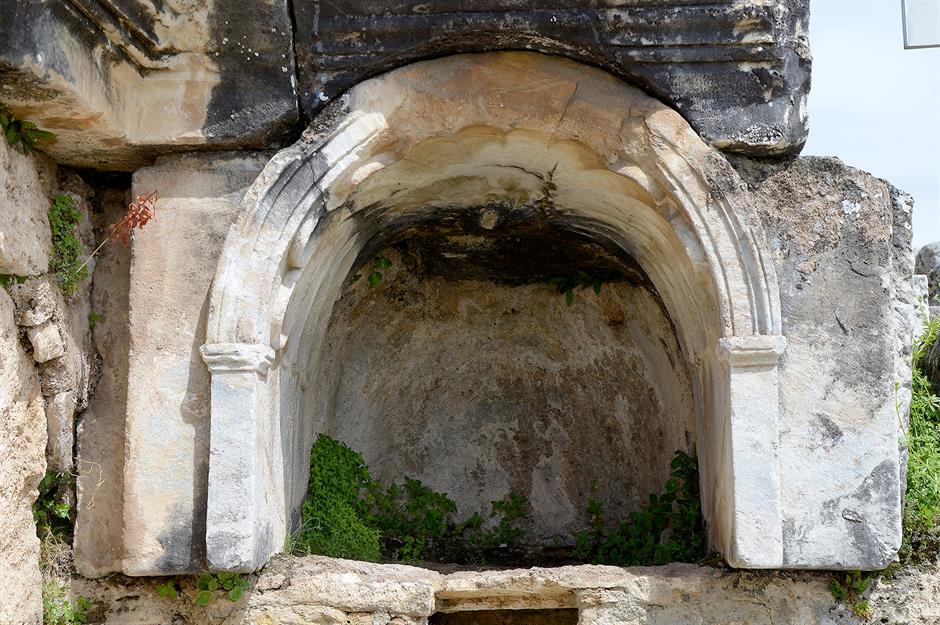
In ancient times, animals would be led to Plutonium by priests as part of a sacrificial ritual, and the crowd would look on in awe as the beasts dropped dead once inside the temple's cave-like interior. This earned the building a reputation as a passage to the underworld. Today, birds and insects have been known to perish upon entering and scientists recently discovered the cause – a fissure deep beneath the structure that releases toxic levels of carbon dioxide.
Check out the remarkable discoveries unearthed by recent droughts
Ancient houses discovered at Hierapolis
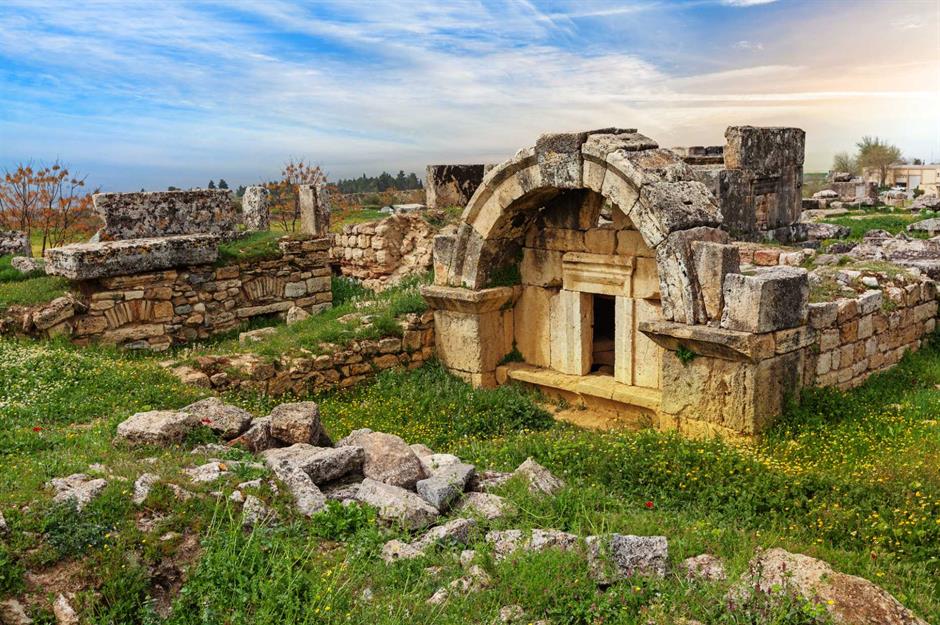
During excavations in 2021, the remains of two houses dating back to the city’s earliest years were found. They were excavated by a team of 30 archaeologists, led by Professor Grazia Semeraro from Salento University, who also found a number of small objects including pottery, coins, oil lamps and vases which give an insight into the daily lives of people in Hierapolis.
The secrets surrounding Egypt's Bent Pyramid
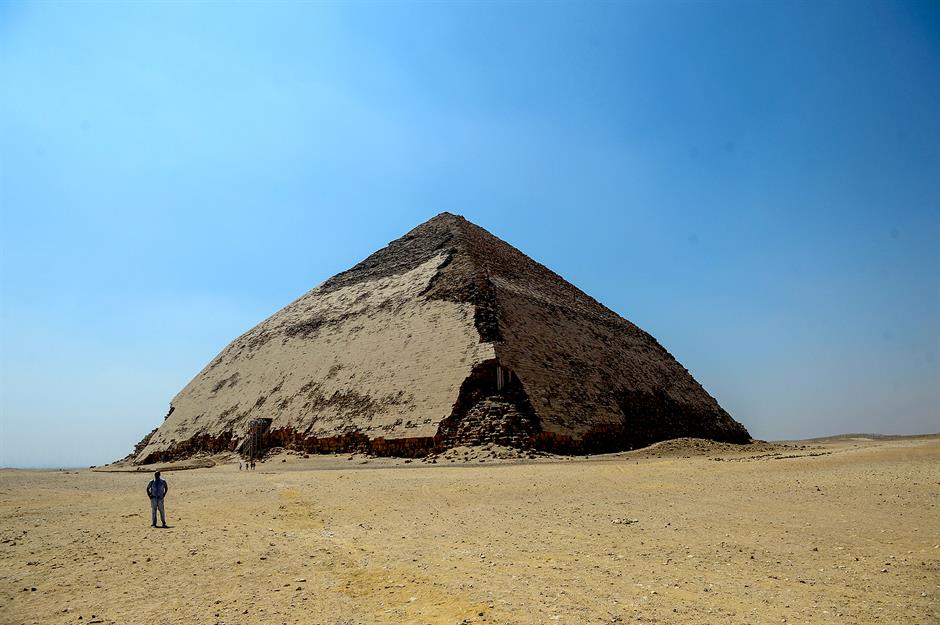
The secrets surrounding Egypt's Bent Pyramid
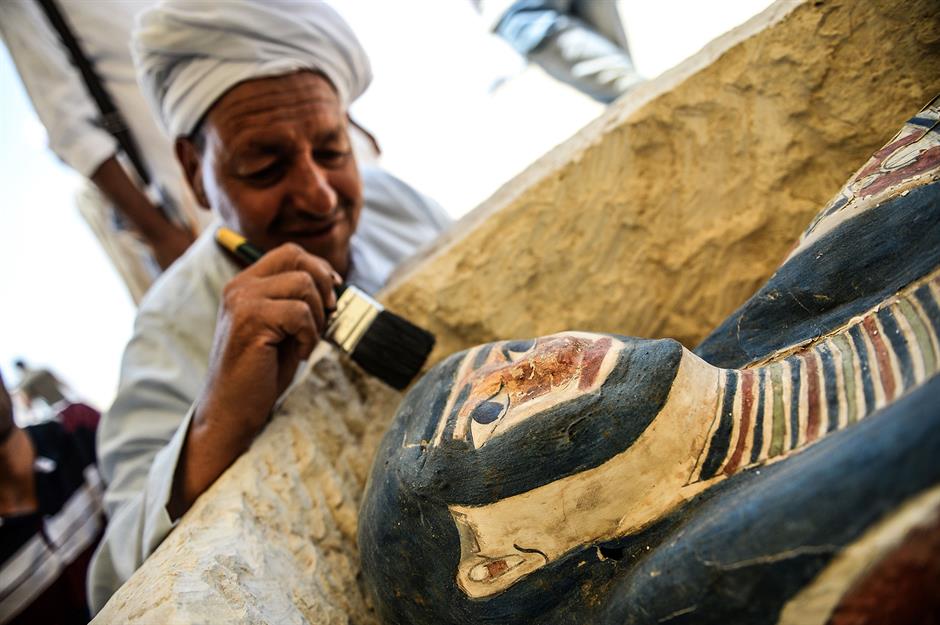
The 331-foot (101m) structure has benefited from a year of restoration efforts in 2019, and excavations all around the vast Dahshur pyramid site (home to the Pyramid of King Amenemhat II and the Black Pyramid too) have revealed a whole host of treasures. These include a network of hidden tombs and a range of sarcophagi containing mummies dating to the Late Period (664-332 BC). Archaeologists also found stone-cutting tools and funerary masks.
The secrets surrounding Egypt's Bent Pyramid
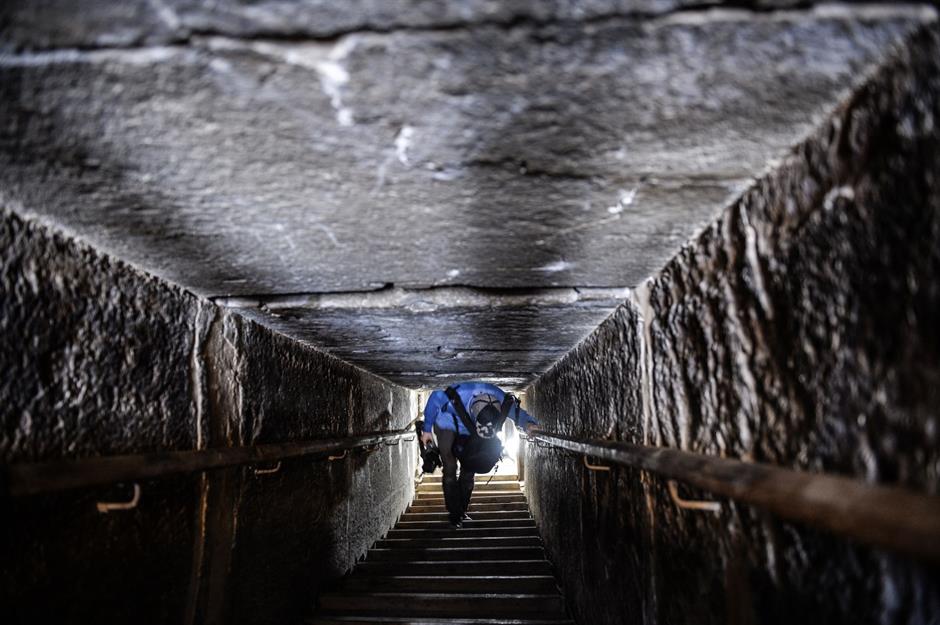
In 2021, further intriguing discoveries were revealed in a new documentary on YouTube by researcher Anyextee. He showed viewers some graffiti dating to the pyramid’s rediscovery in 1839, along with what he described as “a real-life Indiana Jones trap”: a stone gate which could be lowered across the passageway to block the entrance to the pyramid.
Giza's ancient burial ground
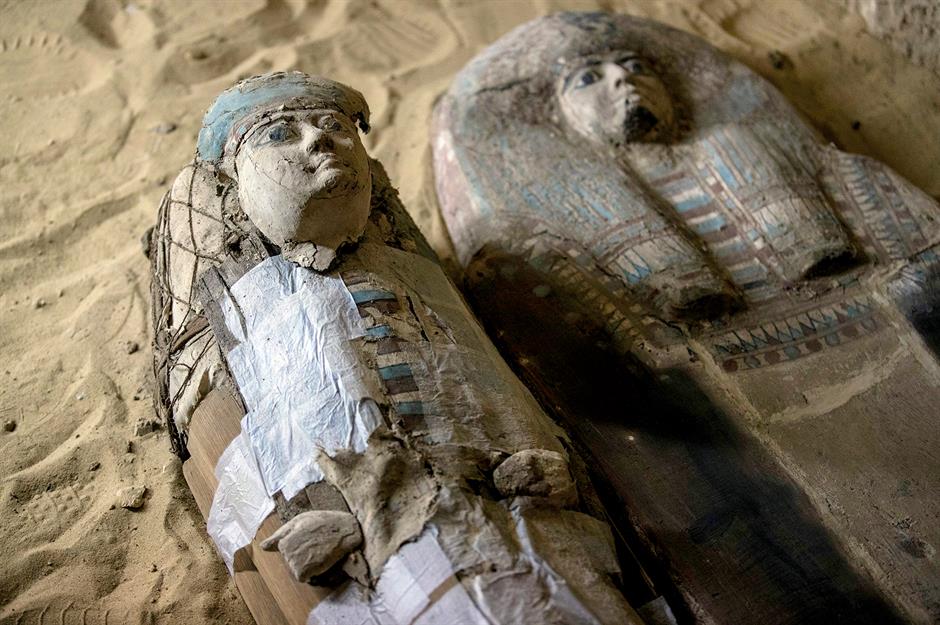
Further north, the legendary Giza plateau continues to yield its secrets. Home to the famed Pyramids of Giza and the Great Sphinx, the plateau is one of the most archaeologically rich regions on Earth. In 2019 an ancient Egyptian cemetery was unearthed, which was thought to date back some 4,500 years. The substantial discovery included a tomb harking back to the Fifth Dynasty and contained the mummies of two important figures from the era.
Giza's ancient burial ground
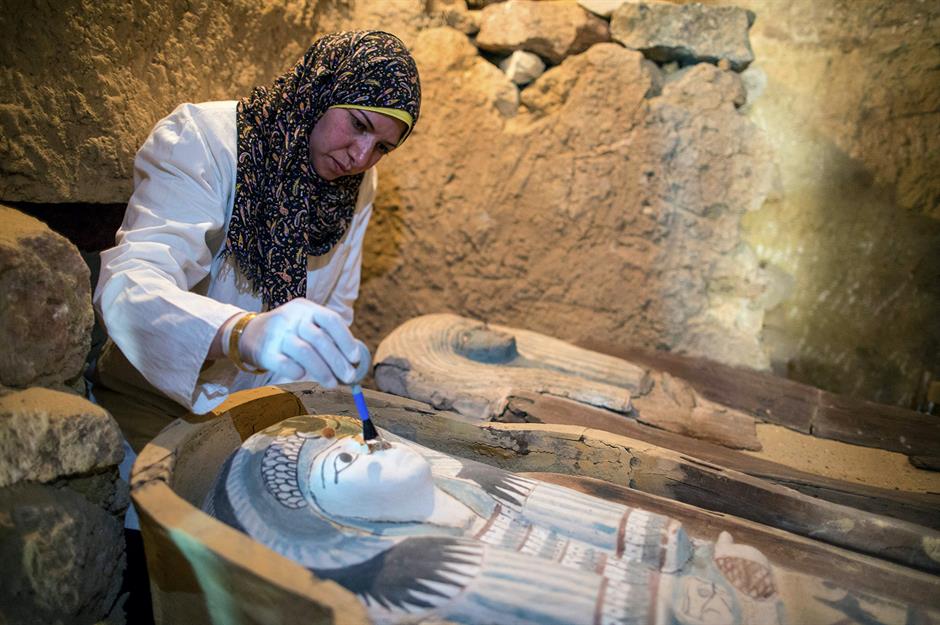
Secrets of Tutankhamun’s tomb
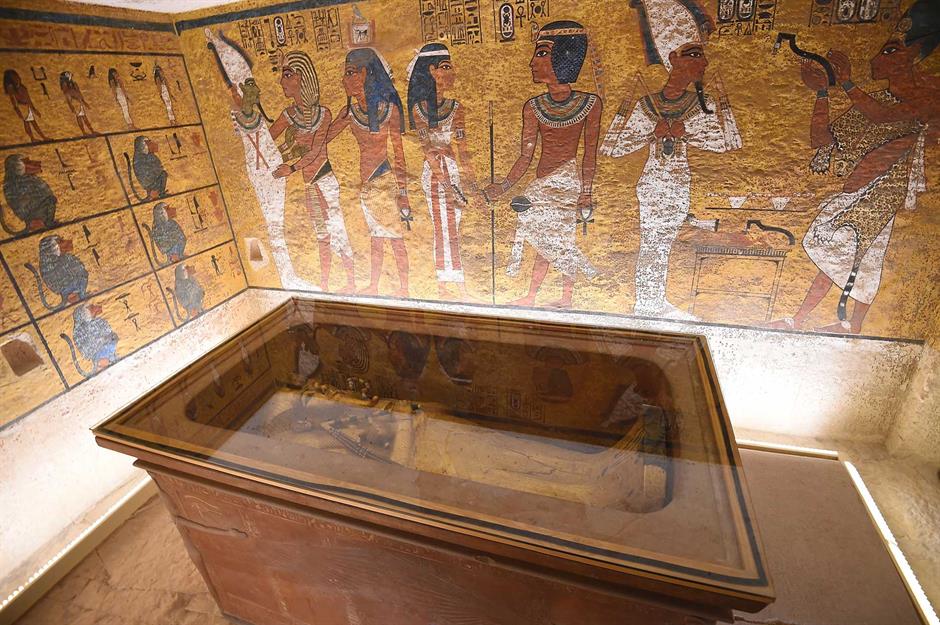
Further south in the Valley of the Kings the last resting place of King Tutankhamun is still yielding secrets. And some are quite literally out of this world. When Howard Carter opened the tomb in 1925, two daggers were found within the sarcophagus, one of which was resting on the right thigh of the king. Studies have now confirmed this weapon is made from iron that probably came from a meteorite. The composition of the 13.4-inch (34.2cm) long dagger's blade contains a high amount of nickel that's not found anywhere on Earth, suggesting to scientists that its raw materials were extraterrestrial.
Surprising new sights at Chan Chan, Peru
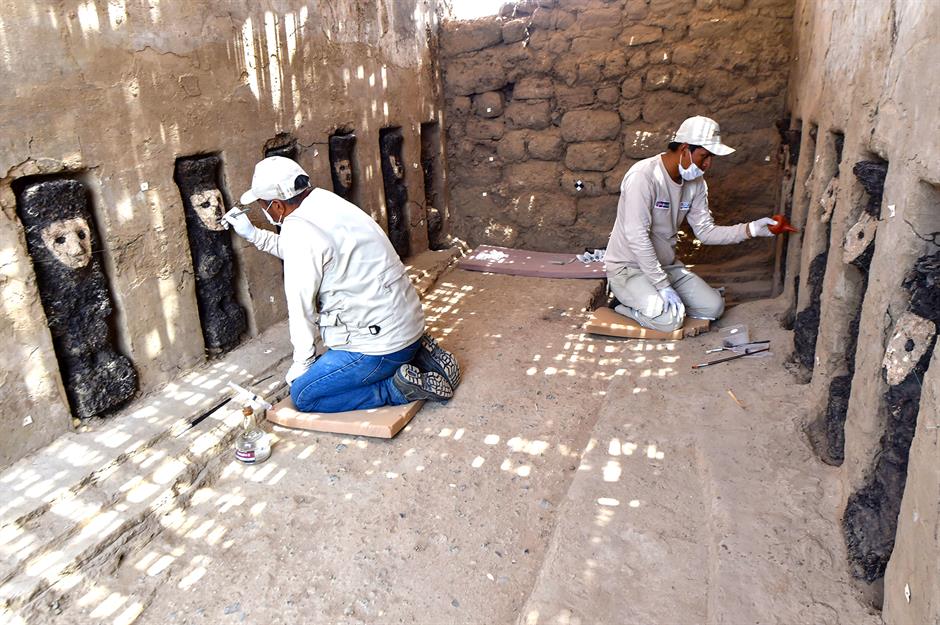
Surprising new sights at Chan Chan, Peru
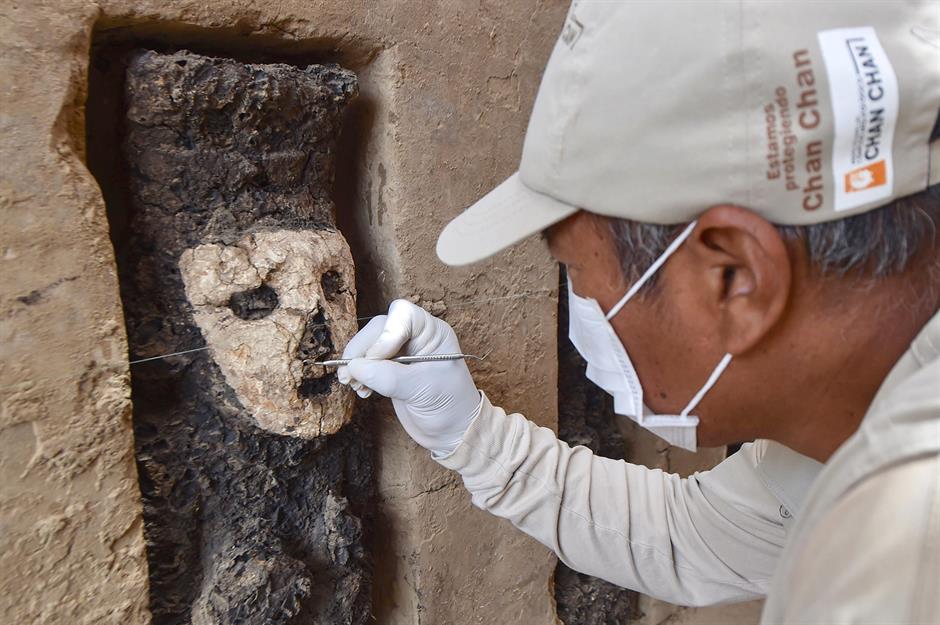
An intricate adobe wall and some 19 wooden statues were discovered on the site at the end of 2018. It's thought that the structures were buried around 750 years ago and each one stands around 26 inches (70cm) tall, cast in wood, with a simple clay mask. The figures also seem to wield both a sceptre and a shield. Experts believe the statues could have served as 'guardians'.
Surprising new sights at Chan Chan, Peru
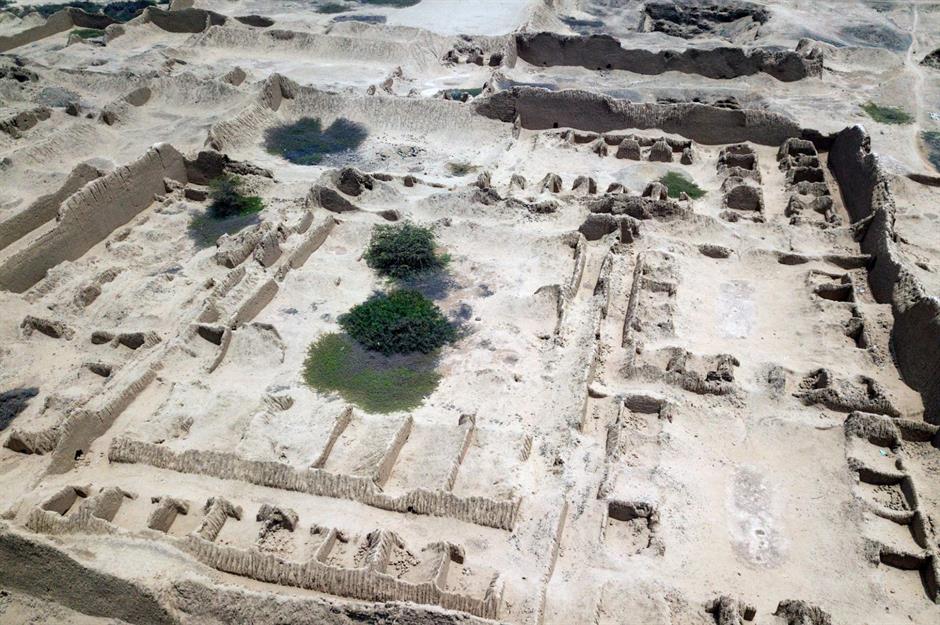
In November 2021, it was announced that archaeologists had found the remains of 25 people in a mass grave at the citadel. Most of the skeletons belonged to young women who had been under the age of 30 when they died, although scientists are still working to uncover their causes of death.
Hagia Sophia's newly discovered treasures
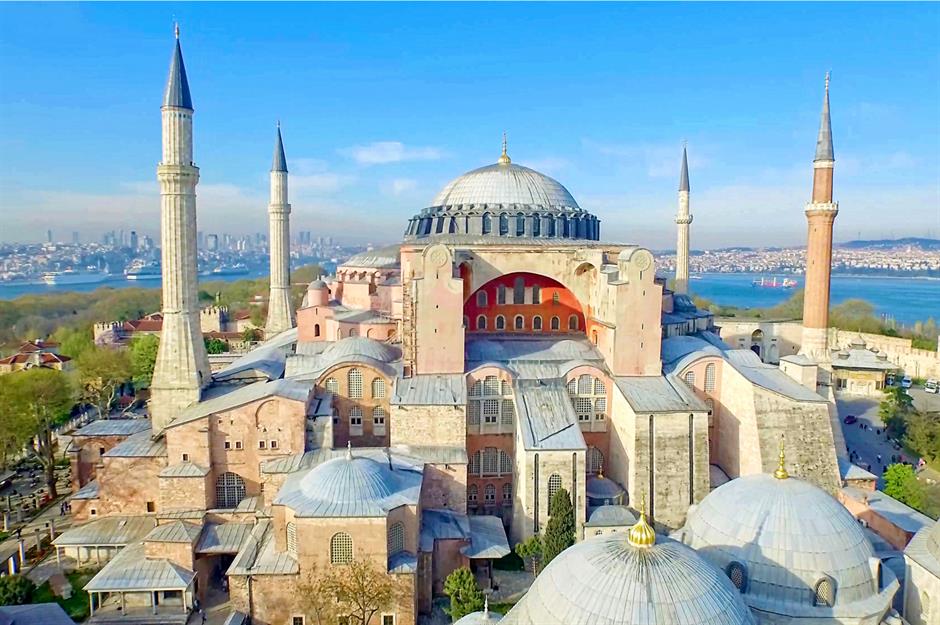
One of Istanbul's most striking sights, Hagia Sophia draws tourists in their droves with its domes, minarets and mosaic-filled interiors. Dating to the 6th century, the structure began life as a Byzantine church, before becoming a mosque in the 1400s. Since 1934 it has served primarily as a museum but in July 2020 it was announced Hagia Sophia would return to being a Muslim place of worship. Its secrets are only just coming to light and research at this spectacular site is ongoing, unearthing innumerable treasures in recent years.
Hagia Sophia's newly discovered treasures
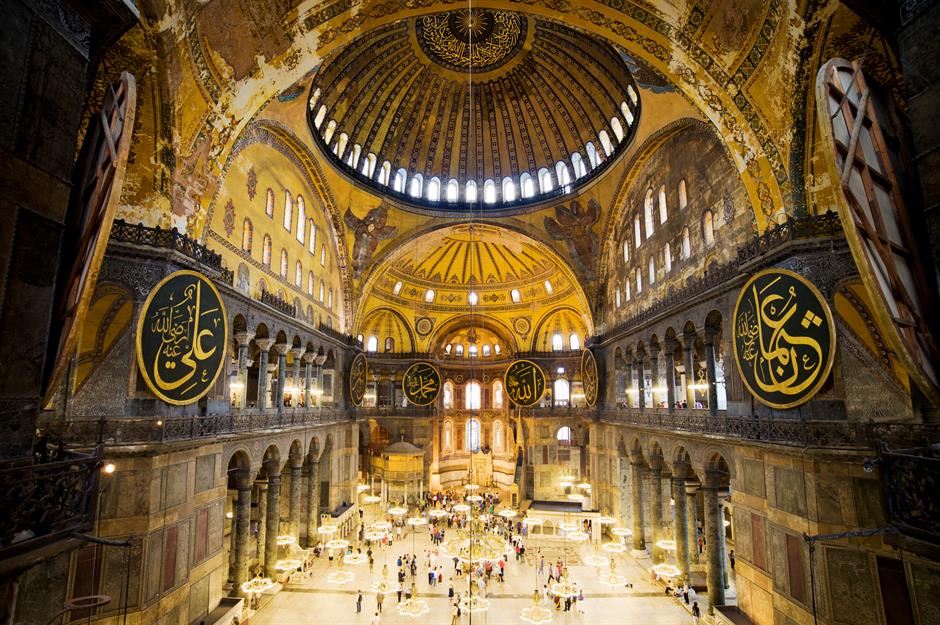
One of the most exciting finds is the Great Baptistery, where it's thought that emperors baptised their kin for more than a millennium. Around the same time, researchers discovered a space they believe was a library, once home to around one thousand ancient scrolls. Finally, alongside hordes of mosaics, graffiti and frescoes hiding beneath more modern plasterwork, experts uncovered a circular spot that may look like nothing to the untrained eye. However, those in the know think this was where Byzantine emperor Justinian I would have stood during religious ceremonies.
Domus Aurea's secret chamber
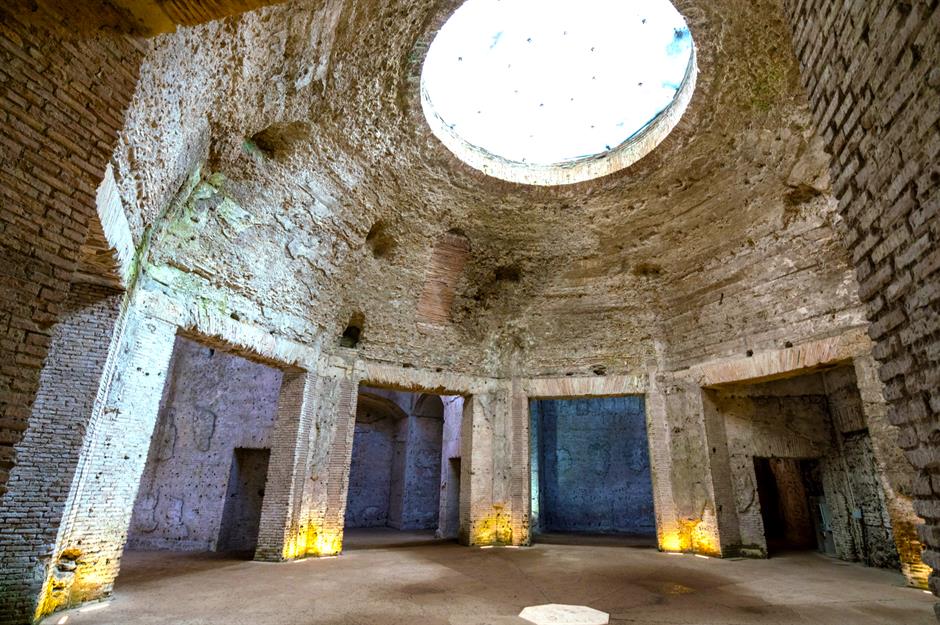
Domus Aurea's secret chamber
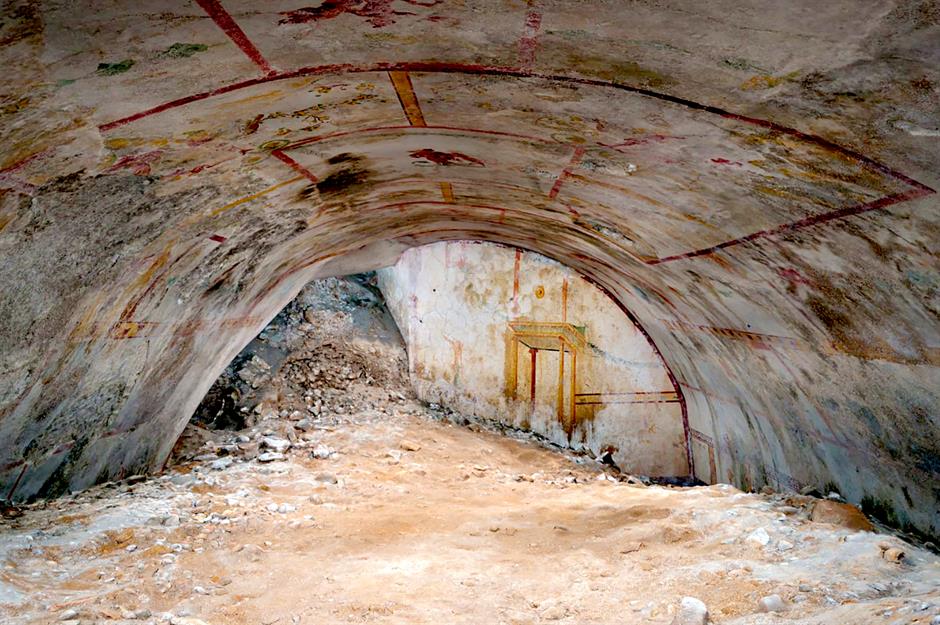
Thankfully, though, the palace complex was preserved underground, and it's still revealing fresh secrets. The latest discovery is an entire room, happened upon by chance during restoration work. Thought to have been constructed between AD 65 and 68, the Sphinx Room, as it has been named, is a small chamber adorned with murals, from garlands and fruit to centaurs and a lone sphinx. Though there's more of the space to be discovered, experts are reluctant to excavate further for fear of making the structure unstable.
The Colosseum's hidden details
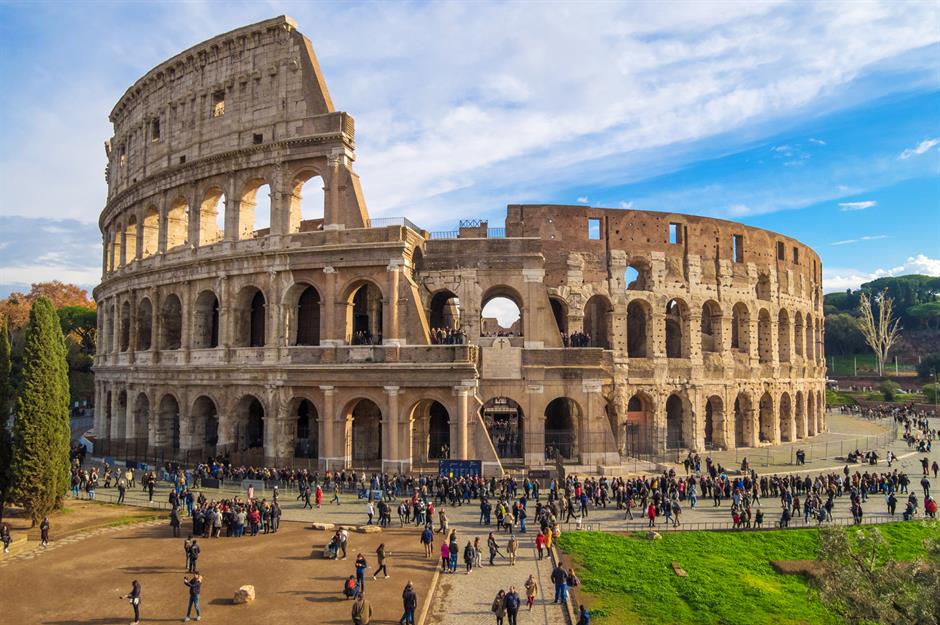
Rome's colossal amphitheatre features high on many a traveller's wish list and is a place ripe for archaeological discoveries. Construction of the Colosseum began around AD 70 for Roman emperor Vespasian and, upon its opening, thousands of viewers would come to witness bloody gladiatorial games and other spectacles. But recent studies of the site have revealed more of the historic arena's hidden secrets. Firstly, during renovation efforts in the past few years, workers discovered a series of red numbers painted into the amphitheatre's arches.
The Colosseum's hidden details
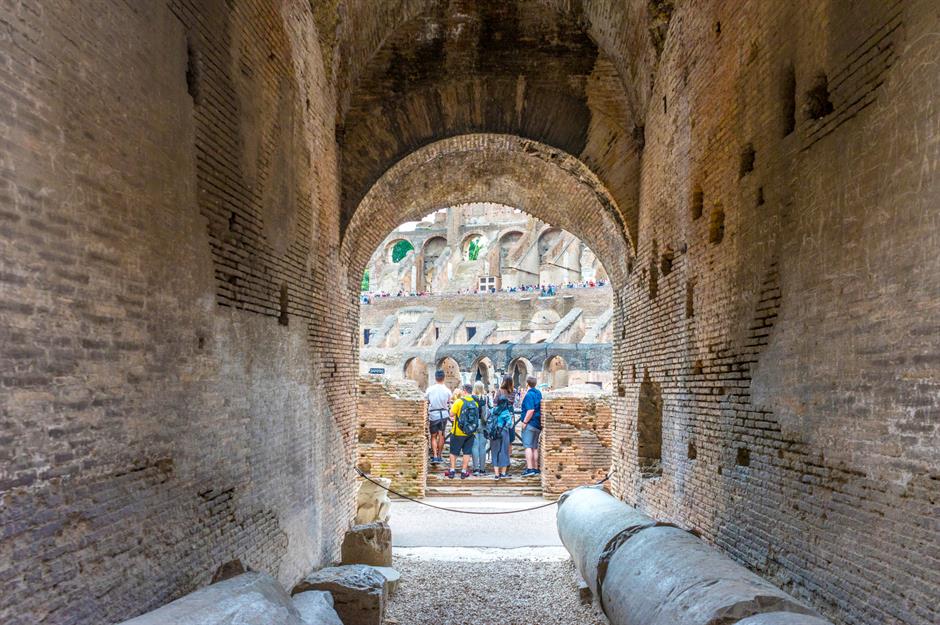
The exposed numbers indicate that Roman spectators at the Colosseum followed an ordered seating plan and system of entry, not too dissimilar to those we'd expect at modern concert venues and theatres today. In 2017, renovation efforts led to more surprises. This time discoveries were linked to a medieval baronial family (the Frangipane), who existed after the fall of the Roman Empire, and who built a fortress into the Colosseum's southern side.
The Colosseum's hidden details
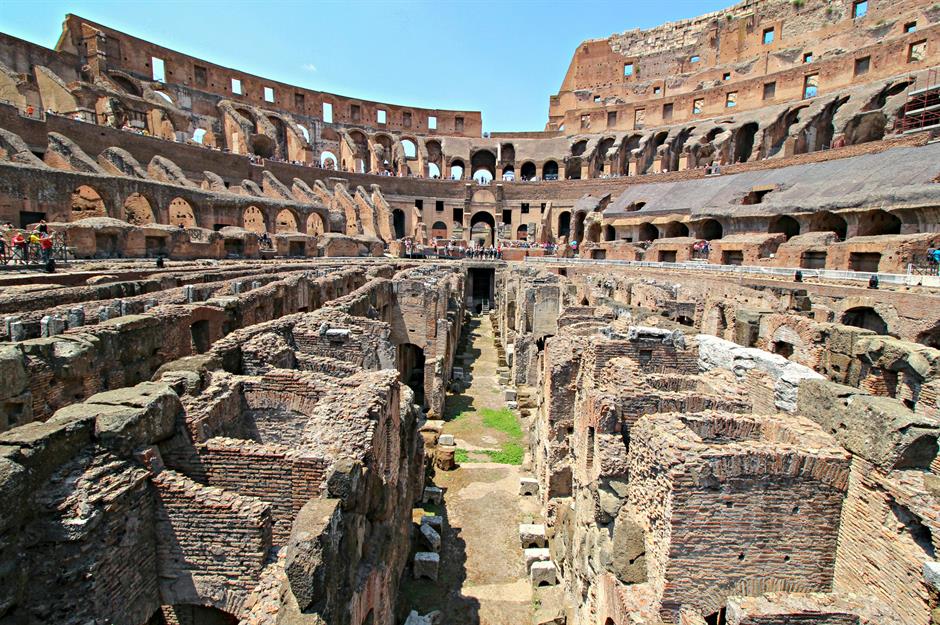
Examinations discovered holes in the monument's stone, which would have supported beams for a wooden walkway that the Frangipane used to look out for enemies. While little is left of the medieval family's influence, these tiny details help open up a lesser-known portion of the Colosseum's history. Meanwhile, the arrival of new elevators in 2021 has allowed visitors to explore the building's underground levels – in which gladiators and animals would have waited before taking part in combat – for the first time.
The Colosseum's hidden details
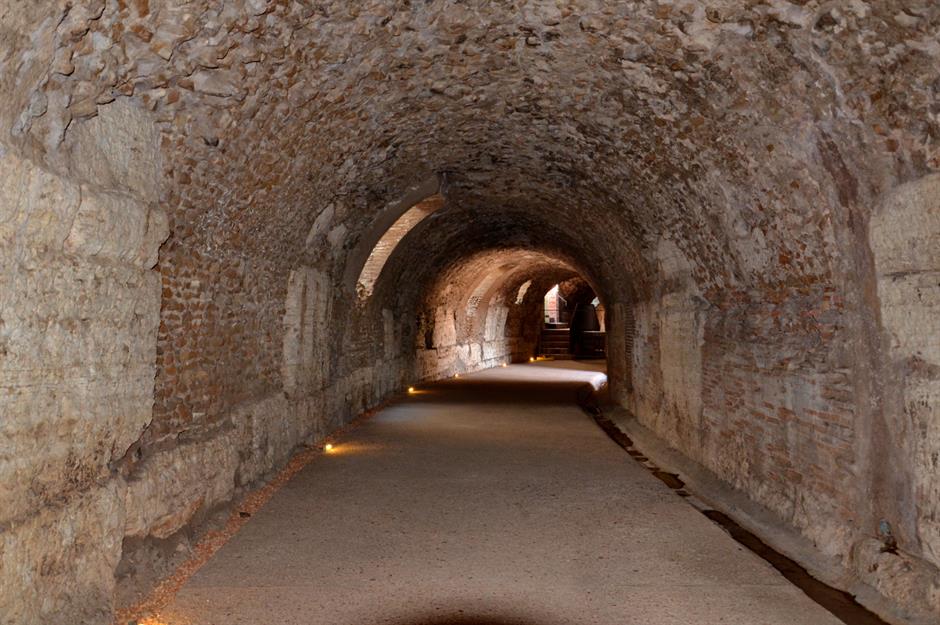
In 2022, archaeologists discovered something curious while they were draining 230 feet (70m) of the Colosseum's sewer network – discarded snacks. While gladiators in the arena were busy being mauled by big cats and other frightening beasts, the audience tucked into olives, nuts, fruits and berries to stave off hunger during long matches. The pits and seeds they threw away survive almost 2,000 years later, giving us a glimpse into what ancient Romans took with them into the arena. Half-time orange, anyone?
World's most incredible Roman ruins you have to see to believe
Tikal's concealed sites
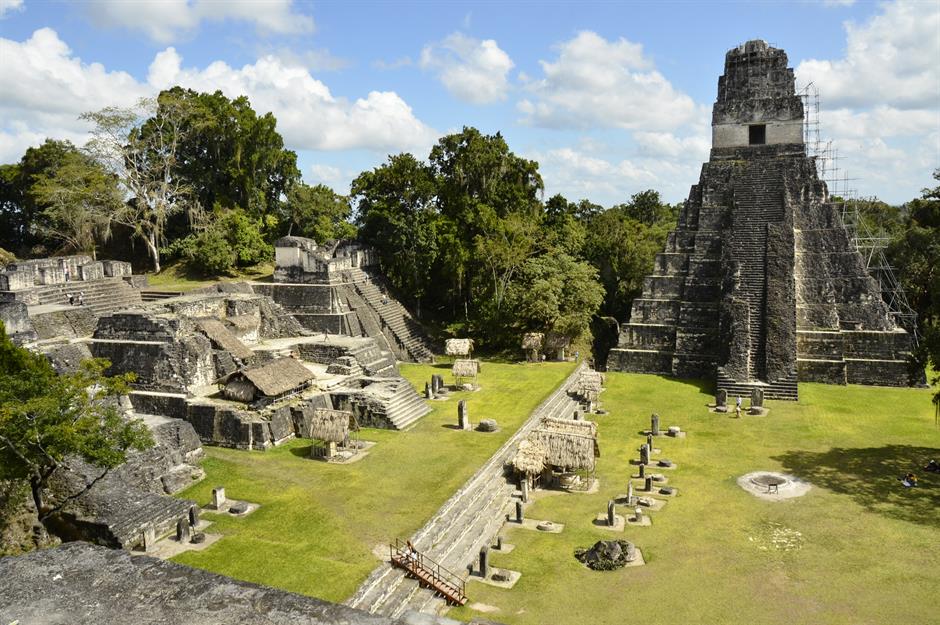
The ruins of Tikal, an ancient Maya civilisation, take up pride of place in northern Guatemala's Tikal National Park. It's thought that the site could have been settled as early as 600 BC, but the imposing pyramidal temples that wow modern visitors were constructed later (between AD 600-900). Now a UNESCO World Heritage Site, Tikal is still giving up its secrets. Since 2018, advanced LiDAR (Light Detection and Ranging) technology has helped experts make some fascinating discoveries there.
Tikal's concealed sites
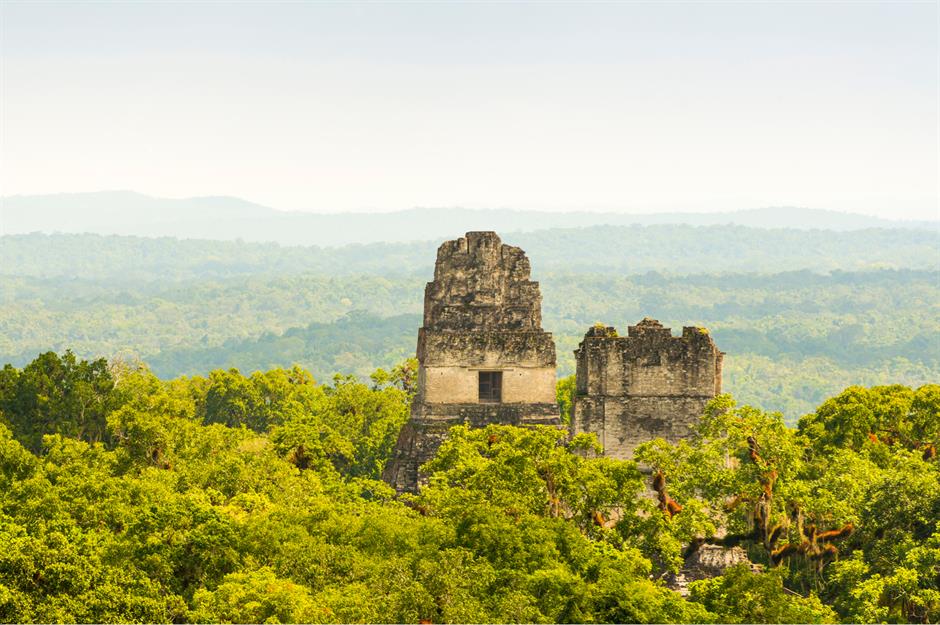
The laser technology, which uses light to map previously concealed sites, revealed that the famed vestiges of Tikal are a mere fraction of the Maya ruins that exist here. Experts discovered previously uncharted palaces and fortresses, as well as ancient highways and irrigation systems. This new information has led scientists to conclude that the 800-square-mile (2,072sq km) area of the Petén region surveyed could have supported a population of around 10-15 million people.
Tikal's concealed sites
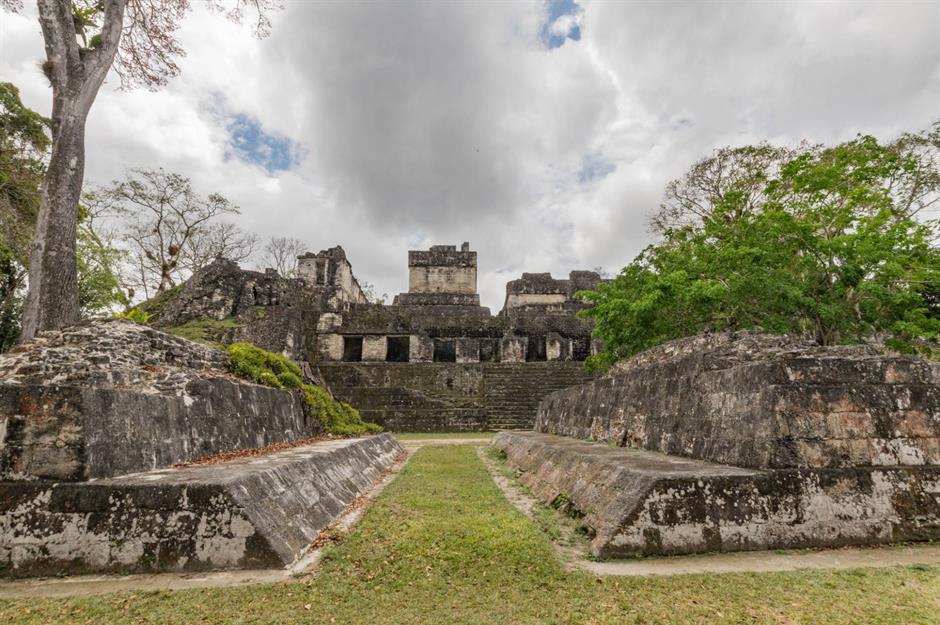
In April 2021, a further discovery flipped archaeologists’ assumptions on their head. When they used LiDAR to analyse what they’d thought was a hill, they realised it was in fact a human-made pyramid, part of a larger courtyard. But the square wasn’t like the rest of the buildings at Tikal – rather, it seemed to be a smaller replica of one at Teotihuacan, Mexico, some 800 miles (1,287km) away. This suggests the two communities had much more of an influence on each other than previously thought.
The surprising scale of Angkor

The ancient archaeological site of Angkor, with the sprawling Angkor Wat temple complex at its heart, has held UNESCO World Heritage status since 1992. But the city has been beguiling architecture buffs long before the Nineties. Angkor flourished under the Khmer Empire from around the 9th to the 15th centuries AD, and archaeologists are still poring over its historic expanse. And, in 2016, some fascinating findings were revealed...
The surprising scale of Angkor
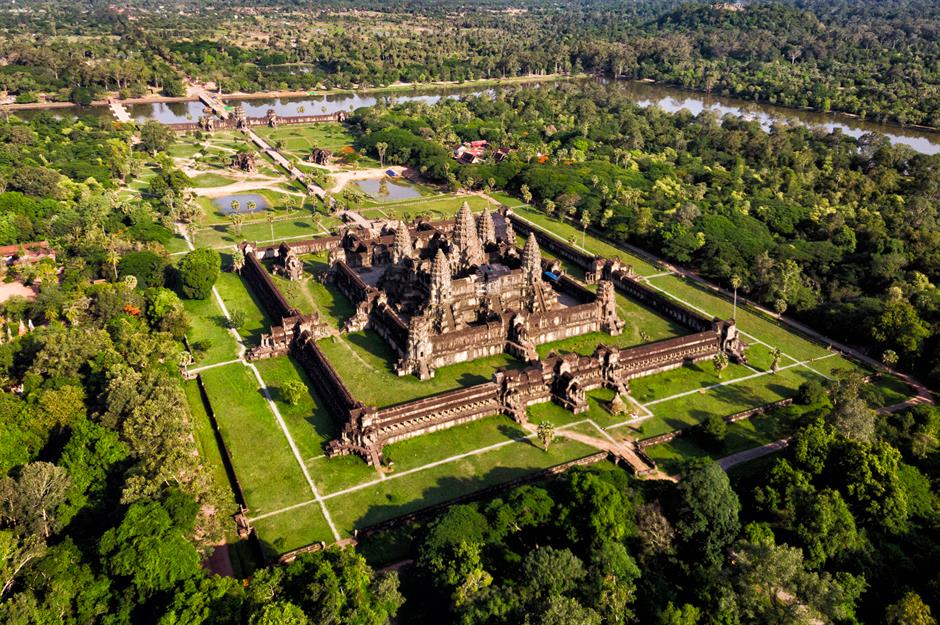
Petra's new monument
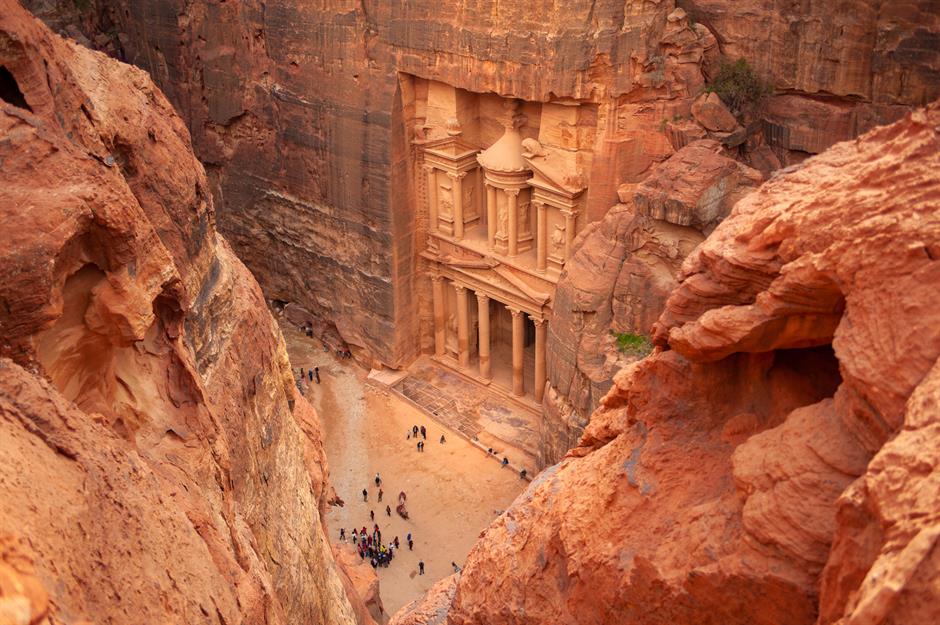
Petra's new monument
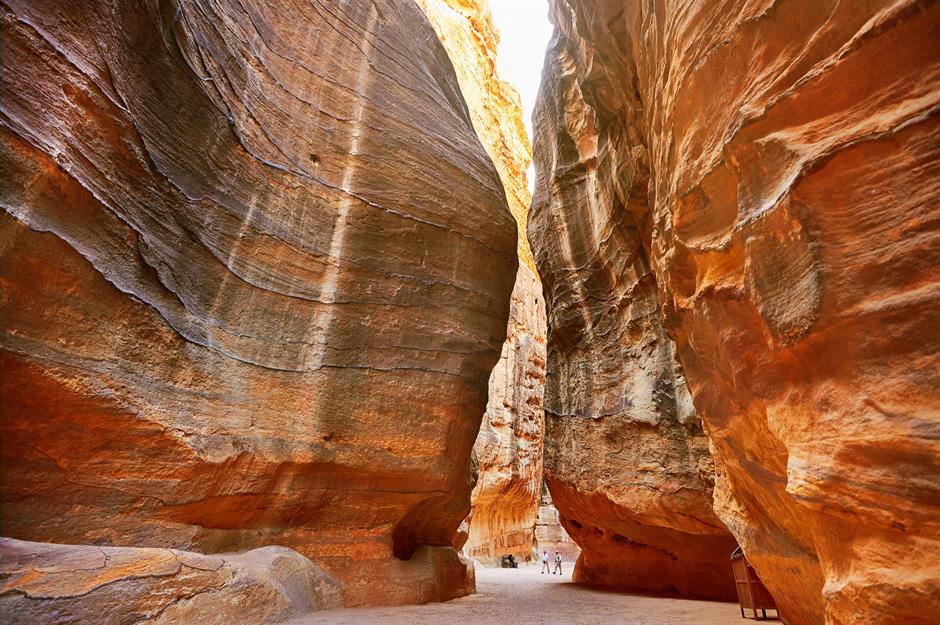
The historic earthquake at Machu Picchu
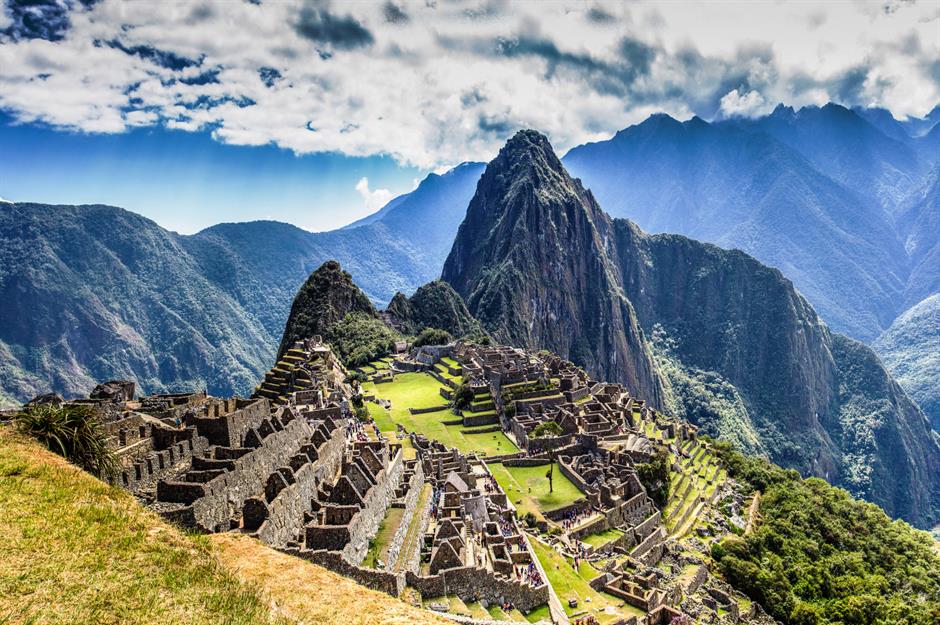
Tucked away in the Andes Mountains, the Inca ruins of Machu Picchu remain one of the world's most lauded historic sites. More than half a million people usually journey here each year, often following the fabled Inca Trail. But the ancient site, built around the mid-15th century and made up of temples, plazas and a royal palace, has suffered under the weight of the huge visitor numbers. New restrictions were imposed in 2017 as a result, but still fascination with this ancient wonder is far from waning.
The historic earthquake at Machu Picchu
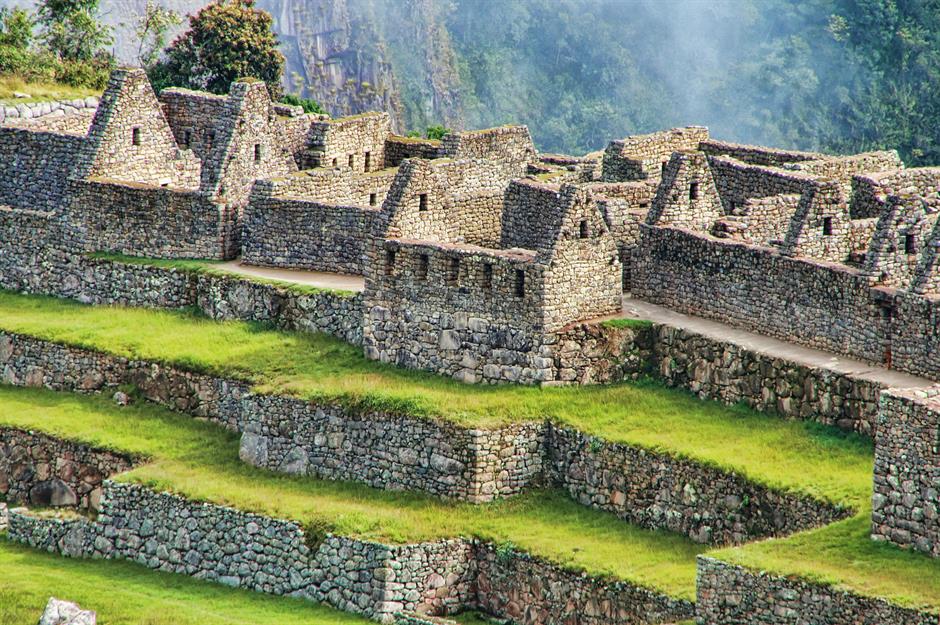
The historic earthquake at Machu Picchu
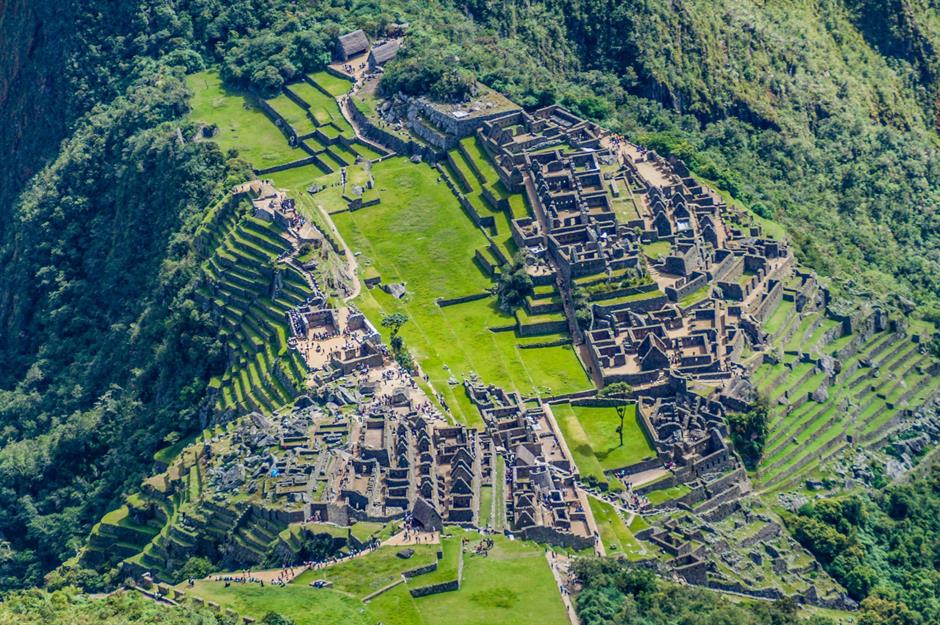
The ancient tunnels below the Pyramid of the Moon
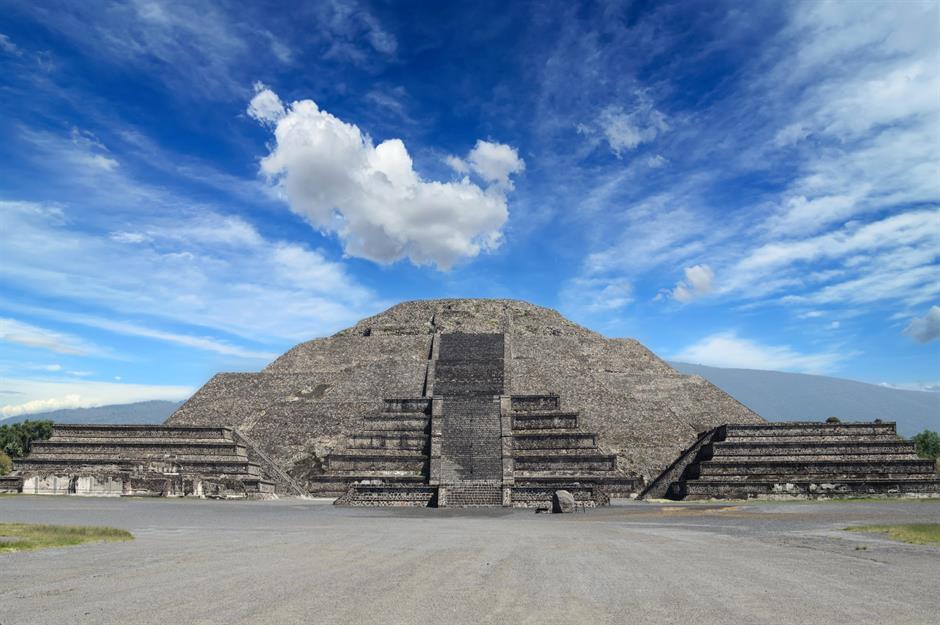
The vast archaeological site of Teotihuacan is less than an hour's drive north of Mexico City. Little has been concluded about the ancient city's origins, but it's thought to have flourished between 100 BC and AD 650, more than a millennia before it was settled by the Aztecs. The Pyramid of the Sun is the largest structure on the site, at more than 216 feet (66m) above the ground. But it is the smaller (140 feet/43m) Pyramid of the Moon that has yielded the most interesting secrets in recent years.
The ancient tunnels below the Pyramid of the Moon
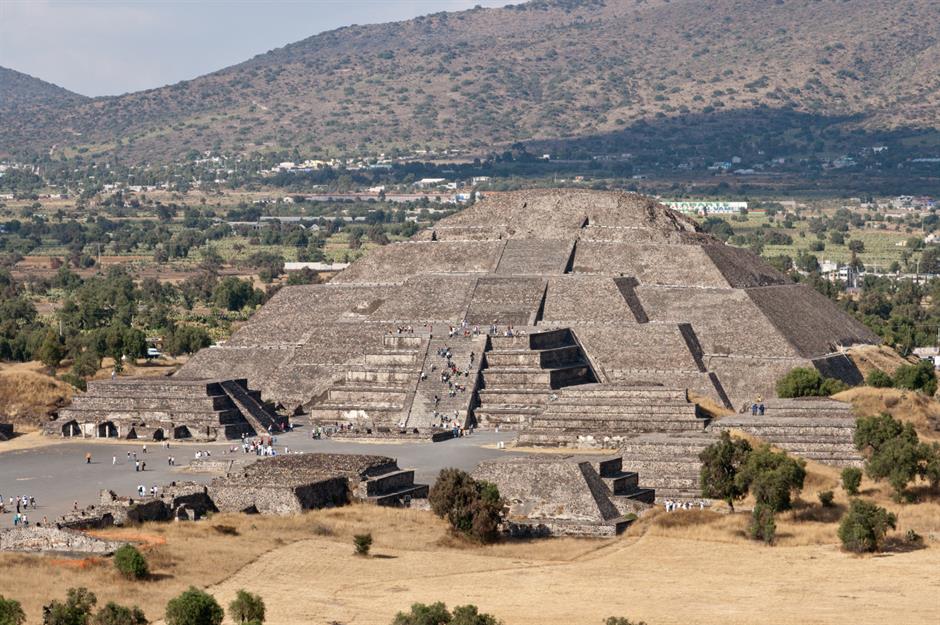
Using complex electric resistance technology, archaeologists were able to map the area beneath the Pyramid of the Moon. They found a secret tunnel running around 26 feet (8m) beneath the pyramid, as well as a kind of chamber. Experts believe Aztec peoples could have used the chamber for funereal rituals or ceremonies, and therefore the tunnel itself could have signified the route to the underworld. The next step will be to explore these subterranean wonders and hopefully shed more light on the customs of this ancient civilisation.
The real significance of the Taj Mahal's garden

Agra's Taj Mahal needs little introduction. An elegant feat of Mughal architecture, it was built in the 17th century for emperor Shah Jahān in memory of his beloved late wife Mumtāz Maḥal. Today it's still considered a monument to love. But brand-new research has thrown up some more secrets. Italian researcher and physicist Amelia Carolina Sparavigna discovered that the site was actually built to seamlessly align with the summer and winter solstice.
The real significance of the Taj Mahal's garden

Using satellite technology, Sparavigna spent time plotting the path of the sun over the monument and found that its movements perfectly align with the Taj Mahal's gardens. According to Sparavigna, if you visited the Taj Mahal before sunrise on the day of the Summer Solstice (usually 21 June), and you stayed right until sunset, you'd see the sun beat a perfect path from a pavilion in the site's northeast to another pavilion in the northwest. As the sun moves overhead it beautifully frames the Taj Mahal's mausoleum and minarets.
The real significance of the Taj Mahal's garden

As is common with Mughal architecture, the Taj Mahal's gardens are thought to signify the Garden of Eden, whose rivers famously flowed to the four corners of the world. The path of the sun serves to highlight this symbolism. Experts also suggest that, on a more practical level, knowledge of the sun's path would have helped architects plot the Taj Mahal site precisely and symmetrically.
This is what the Seven Wonders of the Ancient World would look like today
El Castillo's newly discovered pyramid
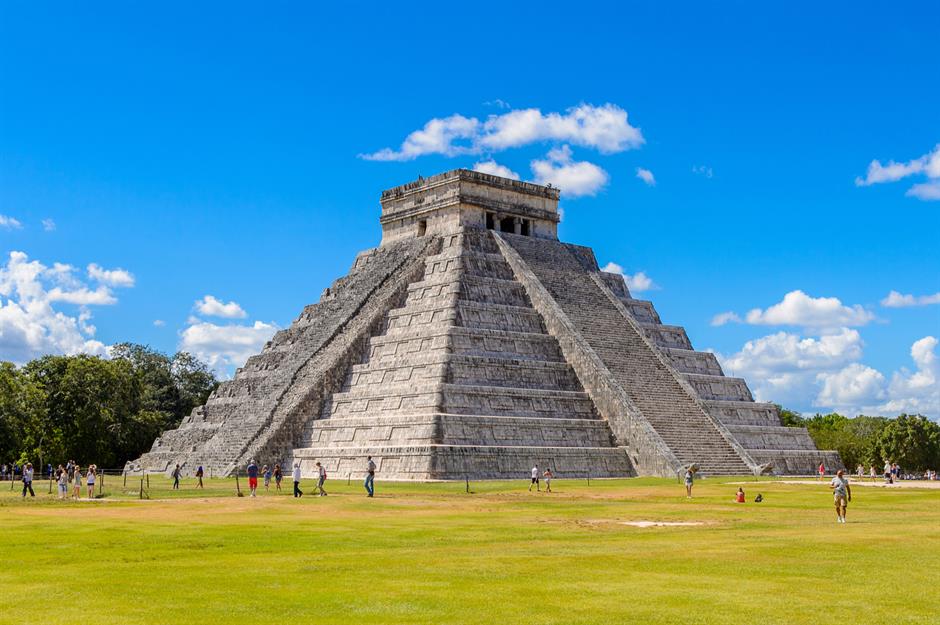
El Castillo's newly discovered pyramid
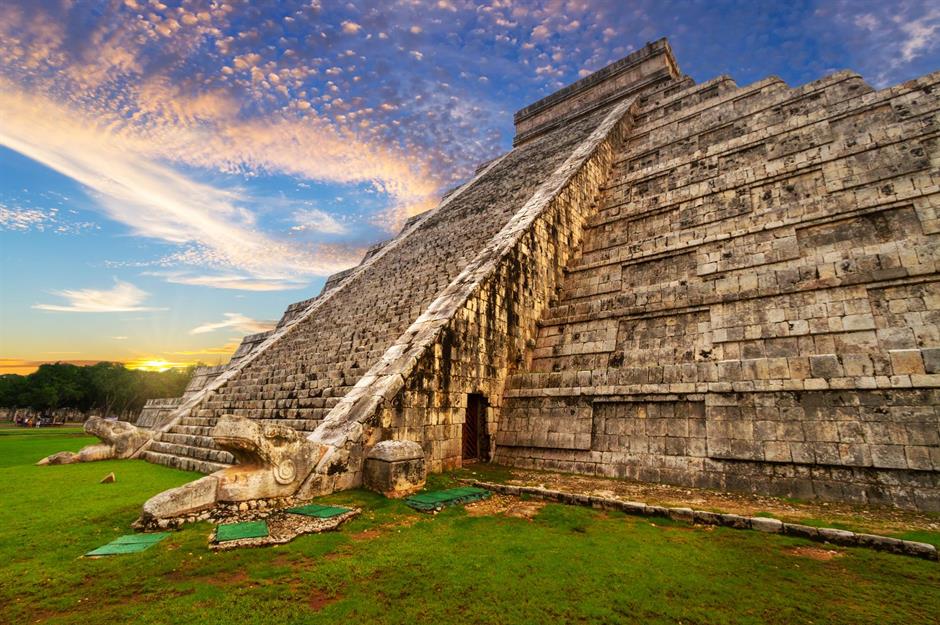
In 2016, scientists used imaging technology to peer inside El Castillo and found something amazing. Experts already knew of a second, smaller pyramid hidden away within El Castillo's outer shell, but this technology uncovered a third. It's thought that this third pyramid measures about 32 feet (10m), and the discovery has helped scientists conclude that Chichén Itzá's heyday and its construction can be split into three key eras. The new pyramid is believed to have been built in the early 'Pure Maya' era, from around AD 500 to 800, before the arrival of the Toltec peoples. Until now, little has been known of this ancient period of the site's history.
A 1,000-year-old canoe at Chichén Itzá
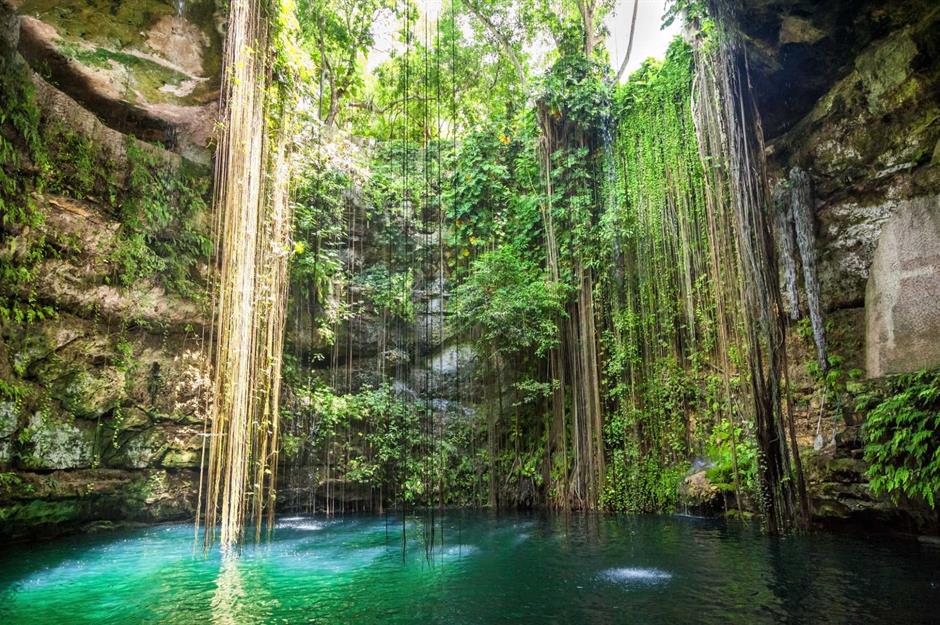
At a cenote (freshwater sinkhole) near Chichén Itzá, archaeologists have dug up a canoe which is thought to be more than one thousand years old. The five-foot-long (1.5m), two-and-a-half foot-wide (0.8m) canoe has been dated between AD 830 and 950. It’s the first complete canoe of its kind to be found in this area, and the researchers aim to make a model of it to study it further.
The meaning behind Göbekli Tepe's stone carvings
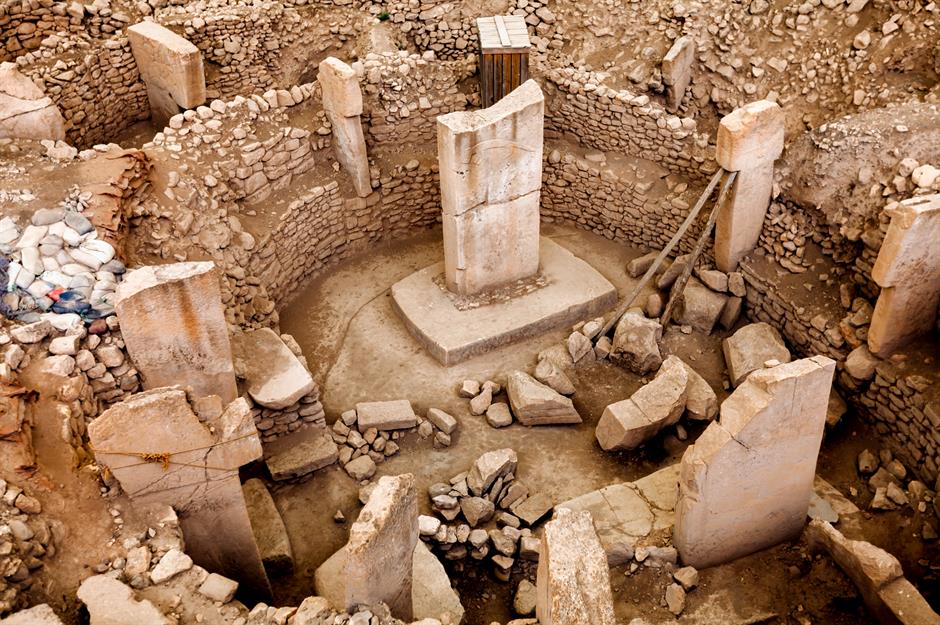
Widely touted as having the world's oldest temple, the site of Göbekli Tepe in Turkey has its origins between 9,600 and 8,200 BC, dramatically predating better-known wonders, such as the revered Pyramids of Giza. The plot is made up of limestone megaliths and is said to have never been inhabited. Instead, experts believe Göbekli Tepe had a ceremonial or funereal purpose, and ancient peoples would come here to worship. Since the site was originally written off as a graveyard in the 1960s, real excavation work only began in the early 1990s. This means there's still much to be uncovered.
The meaning behind Göbekli Tepe's stone carvings
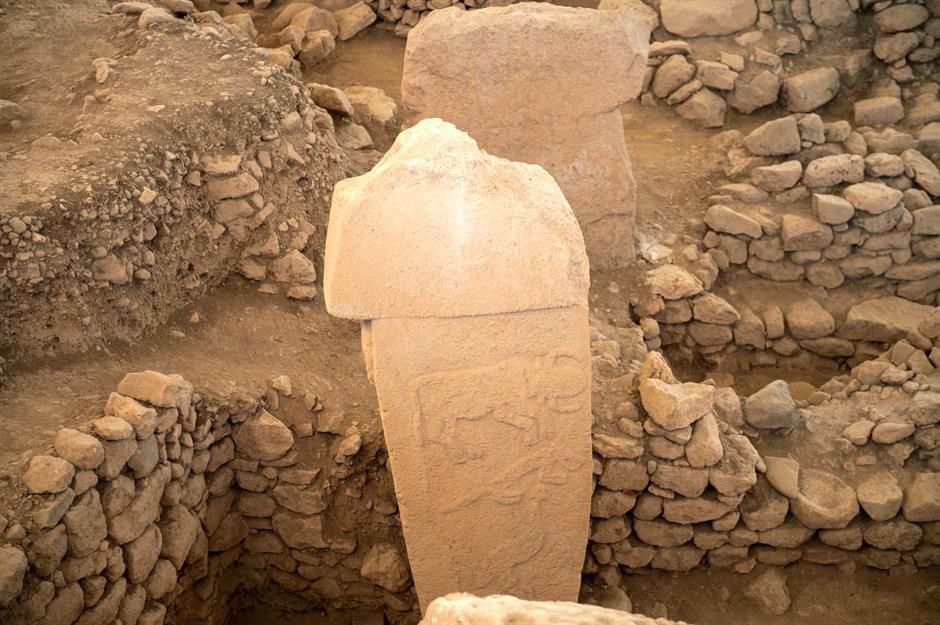
In 2017, experts from the University of Edinburgh made an exciting breakthrough. After studying the carvings on Göbekli Tepe's stone pillars, they uncovered evidence that a comet struck Earth in 11,000 BC. Markings on a pillar nicknamed the 'Vulture Stone' turned out to be astronomical symbols that related to the comet and the constellations over the site at the time. Scientists then used technology to recreate the constellations, and nail down the exact time of the comet. The comet had great significance for this ancient community since it was linked to the start of a mini-ice age, which would deeply impact its people for years to come.
The real reason for Easter Island's statues
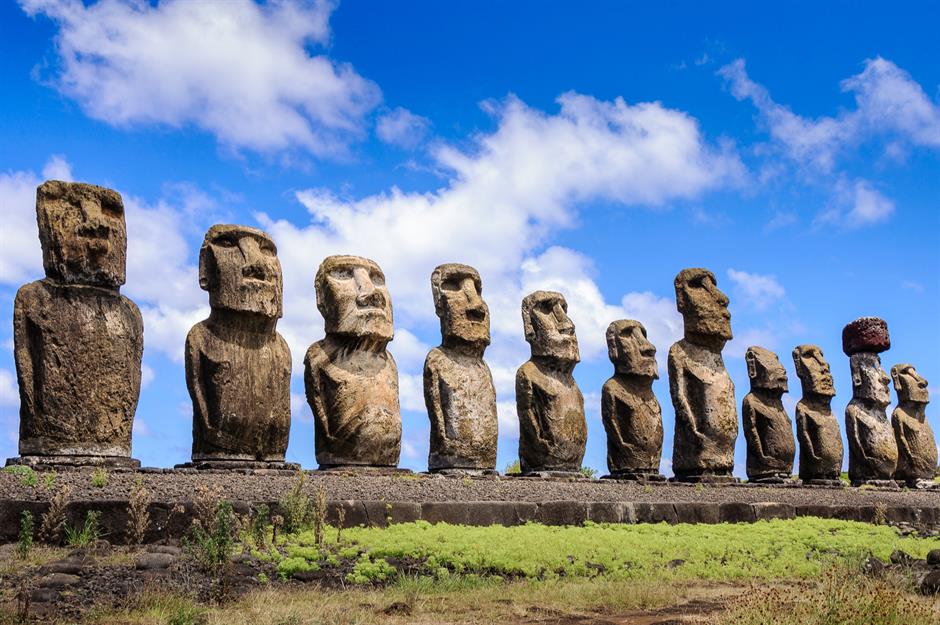
The Chilean Easter Island is famed for its gargantuan stone statues, or moai. There are hundreds of these sombre stone heads and torsos dotted across the isle, and while the exact date of their origin is unconfirmed, estimates usually fall between AD 1,050 and 1,680. The real mystery, though, is why these monuments were erected in the first place. But after years of deliberation, some scientists think they have the answers. By carefully mapping the moai's positions, experts found a correlation between the statues' locations and the presence of fresh water.
The real reason for Easter Island's statues
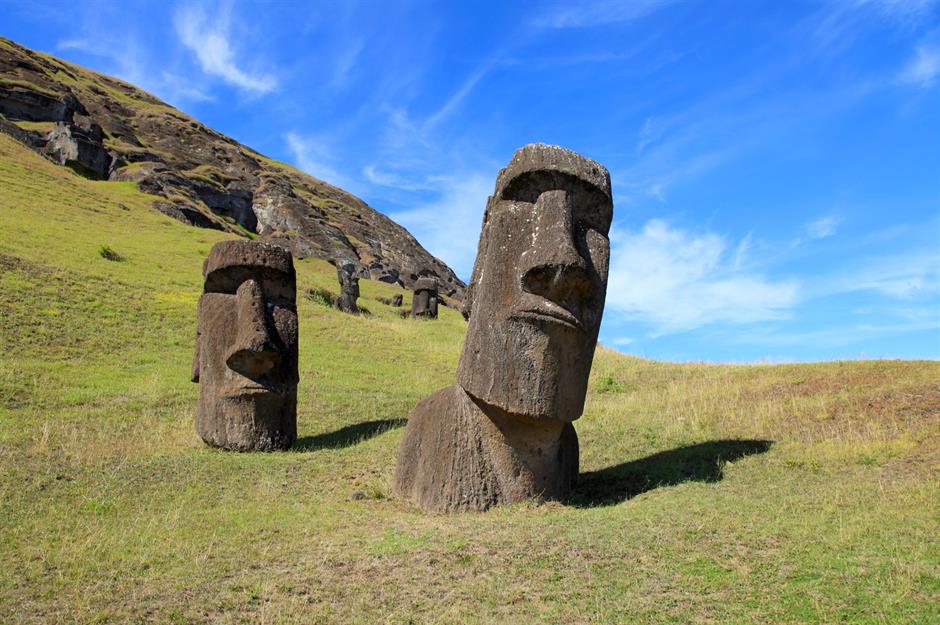
Though the island has no springs or streams above ground, researchers found that, near the coast, fresh water would surface from underground via a process called groundwater discharge. It could also have been found in caves. Though they're still unsure why the structures are so elaborate (some are more than 30 feet/9m), scientists are convinced they were in part built to signify and lay claim to this vital resource.
The Great Wall of China's little-known segments

China’s famous Great Wall is a series of ramparts and fortifications, spooling out for thousands of miles across the country. While the best-known portions of the wall have their origins in the Ming Dynasty (1368–1644), parts of it are thought to date back to 220 BC. Still the well-preserved Badaling section, around half an hour's drive from Beijing, remains the wall’s most touristed segment. But some of the more remote sections are suffering, crumbling and weather-beaten, and if they’re not restored soon they may fall into irreparable ruin.
The Great Wall of China's little-known segments
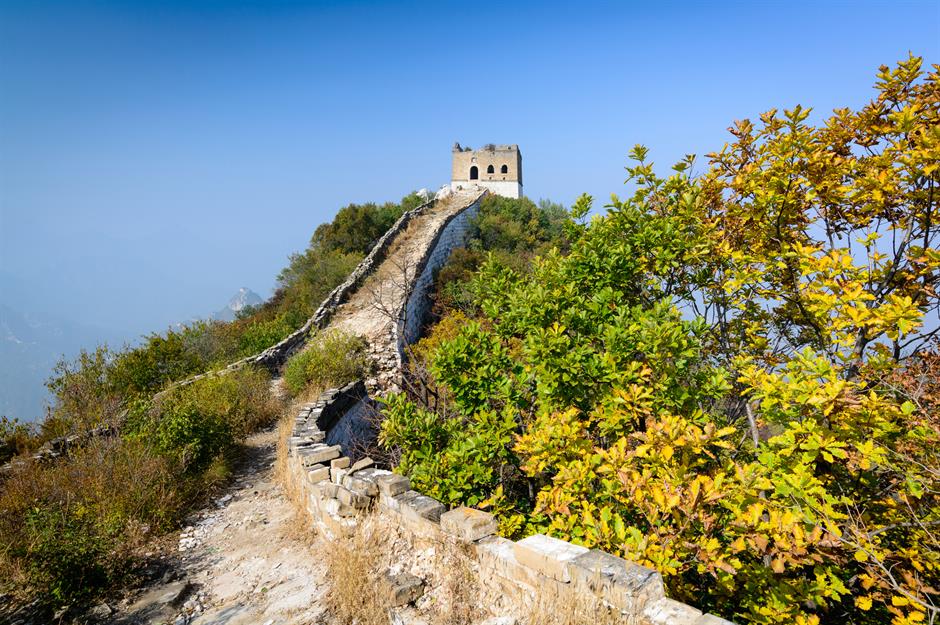
Today, though, advanced drone technology is giving archaeologists the chance to explore previously inaccessible parts of the structure. It's allowing experts to acquire detailed site data, including the precise locations of battlements and arrow holes, and then produce 3D images. One affected section is Jiankou, a deteriorating chunk of the wall some 48 miles (77km) from Beijing. Archaeologists can then use the information gathered to plan restoration efforts and preserve this wonder for generations to come.
The hidden history of Hadrian’s Wall
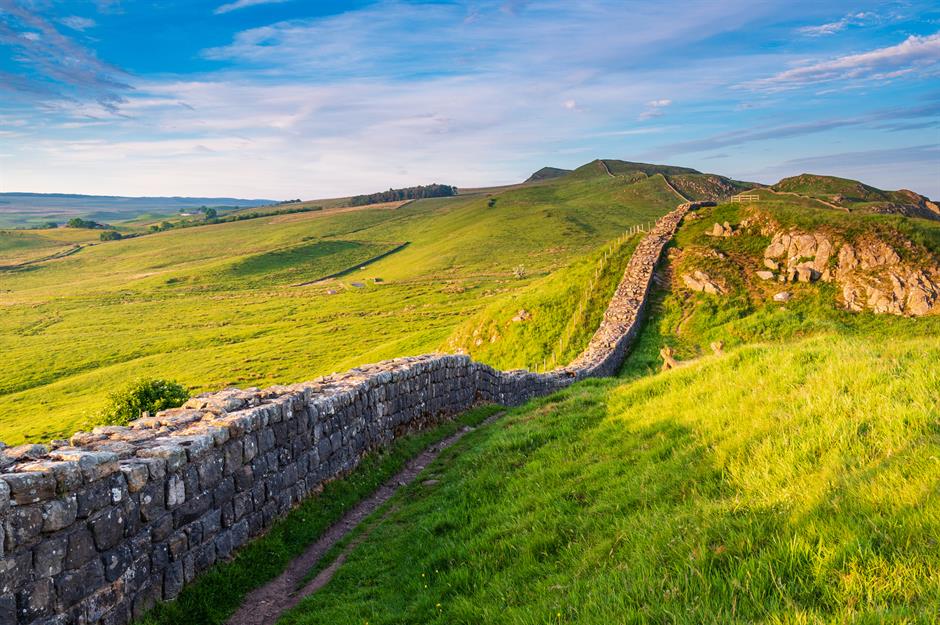
The hidden history of Hadrian’s Wall
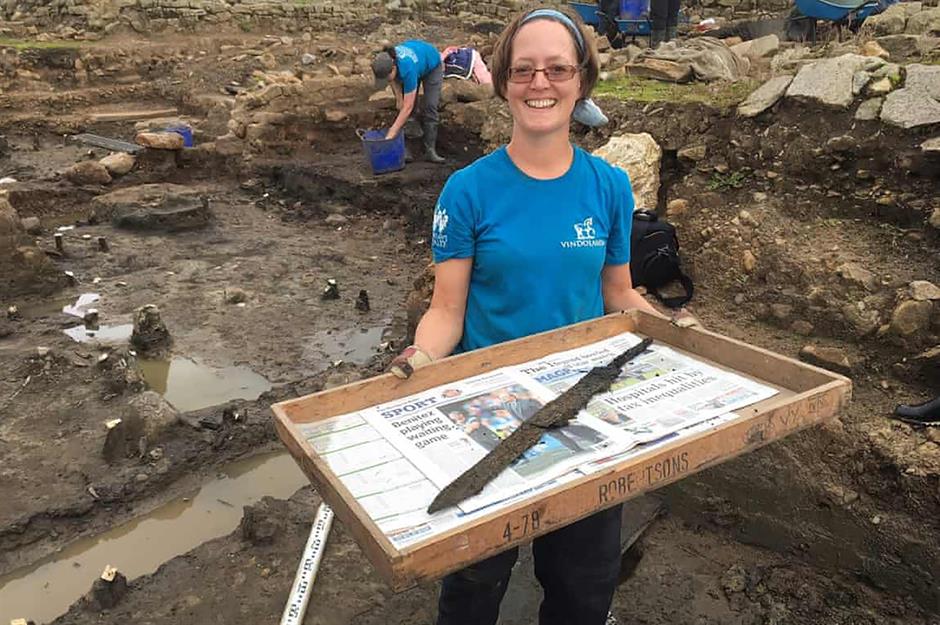
Roman barracks at the fort of Vindolanda, just south of Hadrian's wall, were discovered in 2017, and excavated to reveal a whole heap of treasures. Findings include stables, fireplaces and pottery, as well as two wonderfully preserved Roman swords, an extremely rare find. Other discoveries included writing tablets, leather shoes, lances and arrowheads, and the value of the property left behind indicates that its occupants left in a hurry. Thought to have been established in AD 105, the barracks predate the wall. Thus, experts say, they offer an insight into the tumultuous stretch of time just before the wall's eventual construction.
The curious case of the Ellora Caves
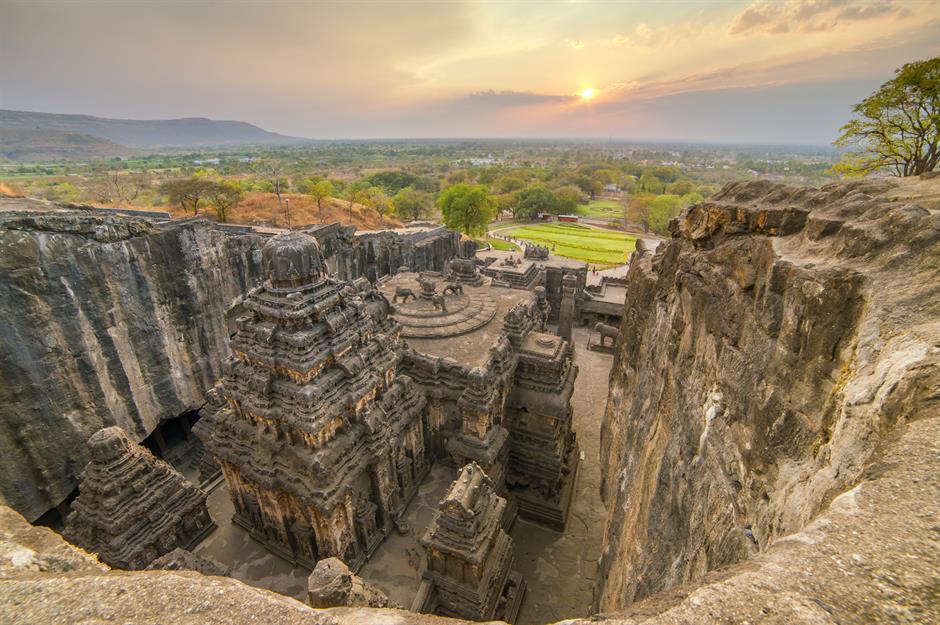
The curious case of the Ellora Caves
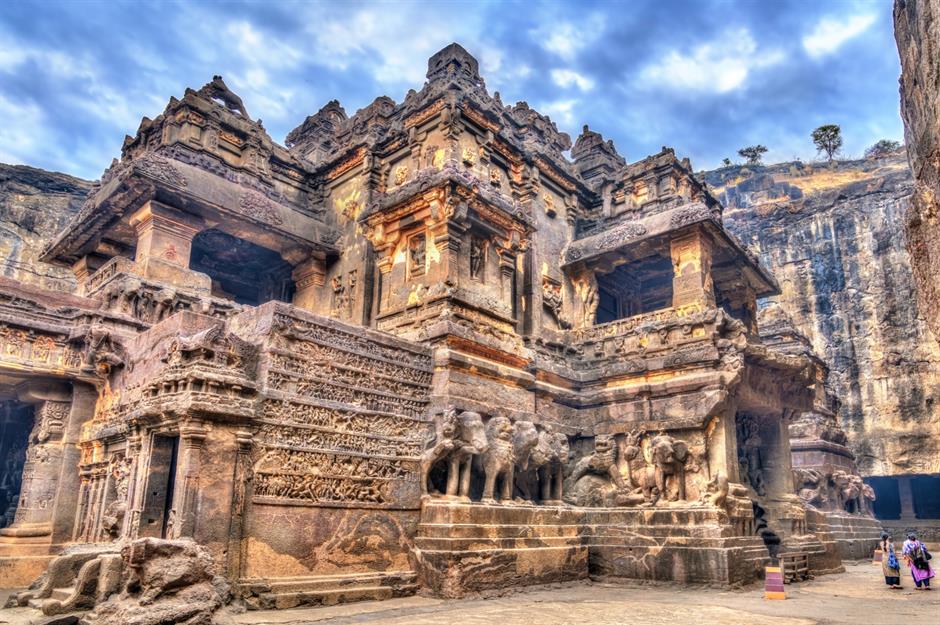
According to research released in 2016, the caves have remained so wonderfully intact for more than one thousand years because hemp, or cannabis, was historically used to conserve them. A pair of Indian researchers, who studied samples of plaster from the structure, concluded that hemp was used to strengthen the buildings and to ward off harmful insects that would have damaged the carvings and cave paintings here. The discovery is fascinating since it shows the ingenuity of architects potentially working as early as the AD 6th century.
The mystery of the Great Pyramid of Giza
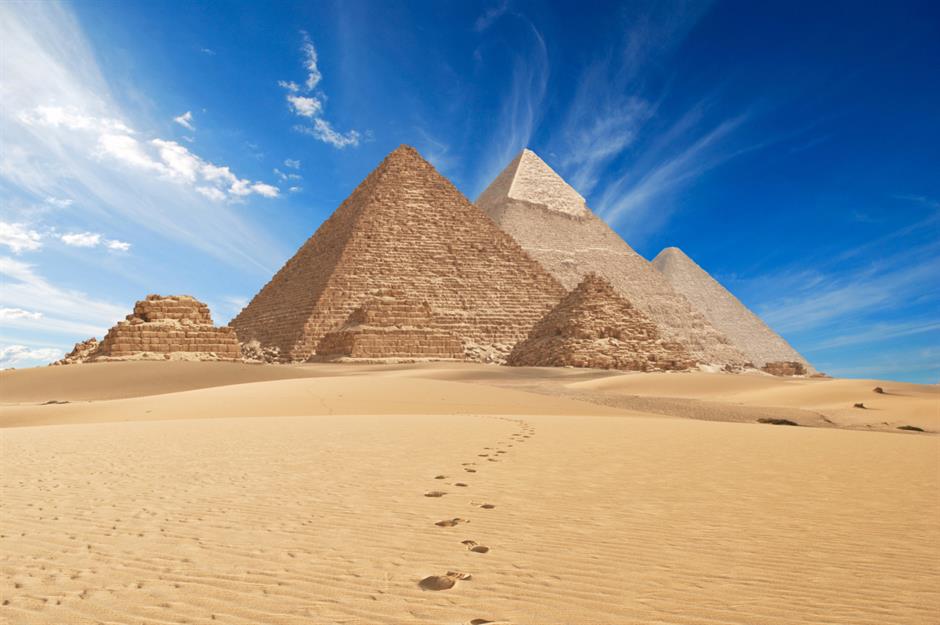
One of the world's most mesmerising archaeological feats, the Great Pyramid is the largest of Egypt's three Pyramids of Giza, and one of the 'Seven Wonders of the Ancient World'. It originally soared to a mammoth 481 feet (147m), with construction beginning from around 2,550 BC. Today, the triad of pyramids attract millions of tourists each year. But despite their celebrity status, they still hold some secrets, one of which was revealed in 2018.
The mystery of the Great Pyramid of Giza
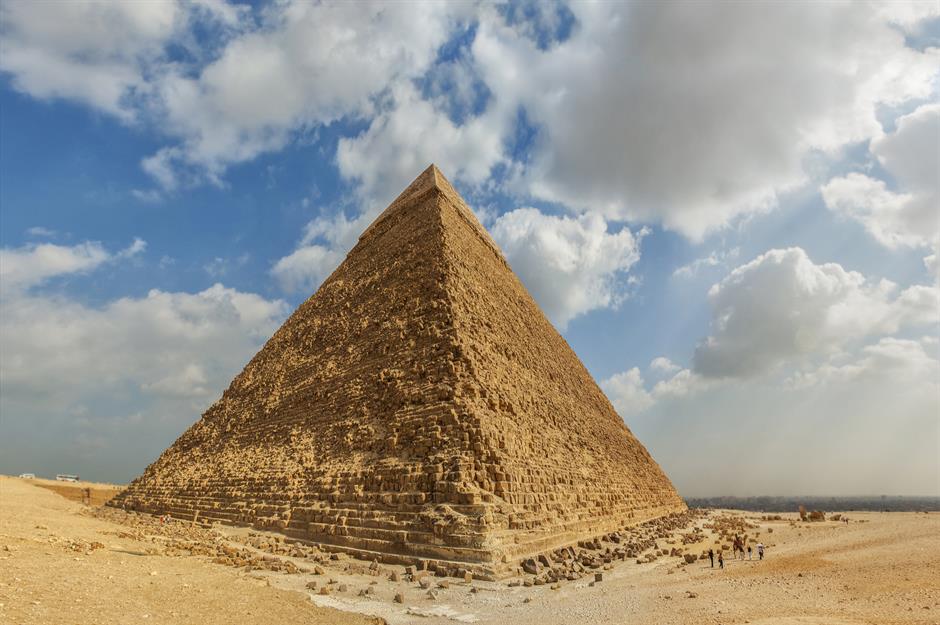
It has long been a mystery as to how the towering Great Pyramid was constructed more than four millennia ago. But a group of archaeologists from Cairo's French Institute for Oriental Archaeology and the University of Liverpool think they've cracked it. In an ancient quarry in Hatnub, where it's thought the pyramids' building blocks were made, the team discovered remains of a curious contraption, dating back to the era when the structures were erected.
The mystery of the Great Pyramid of Giza
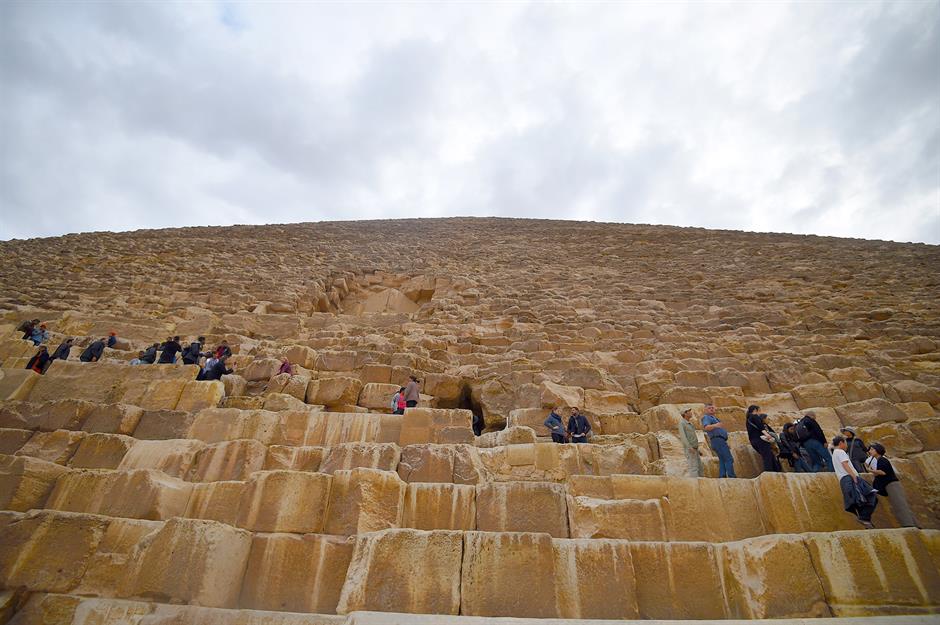
The instrument the team discovered included a central ramp with a staircase on either side and several postholes. Experts believe this ramped device formed part of a system used to haul heavy rocks via a sled from the quarry, and transport them to the Great Pyramid's construction site. While not conclusive, this imaginative tool offers some insight into how this ancient wonder came to be.
Read about ancient mysteries we still don't know the answers to
The secrets of Stonehenge
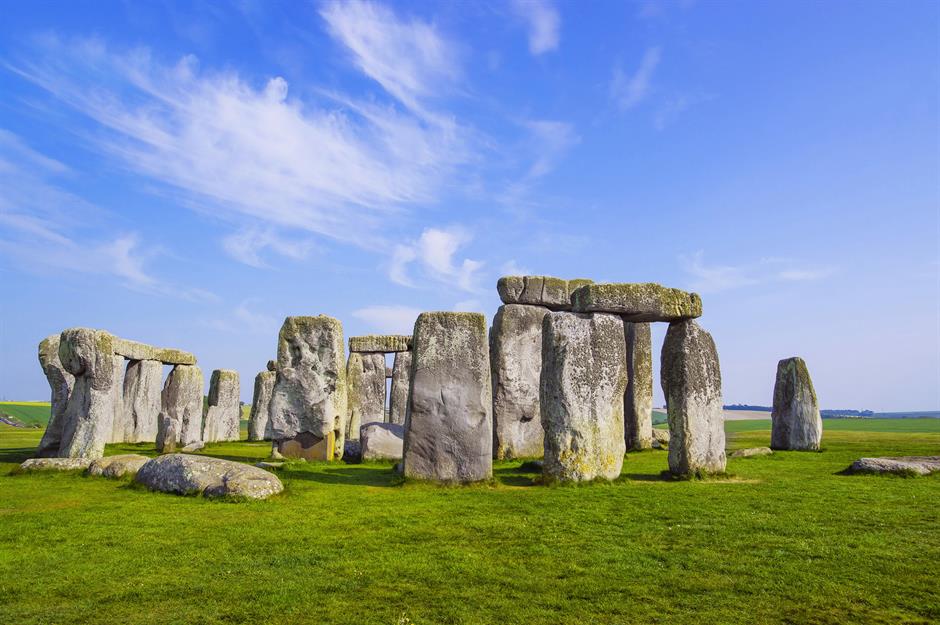
Experts have mused over the significance and purpose of these prehistoric pillars in England for years. The most common consensus is that Stonehenge, on Wiltshire's Salisbury Plain, was used for religious or funereal ceremonies. The stone circle is thought to have been erected in around 2,500 BC and visitors have come from all corners of the globe to gaze up at the imposing structures, and especially to see them silhouetted against a blazing sunset. While Stonehenge still holds many mysteries, experts believe they've unravelled a few of them.
The secrets of Stonehenge
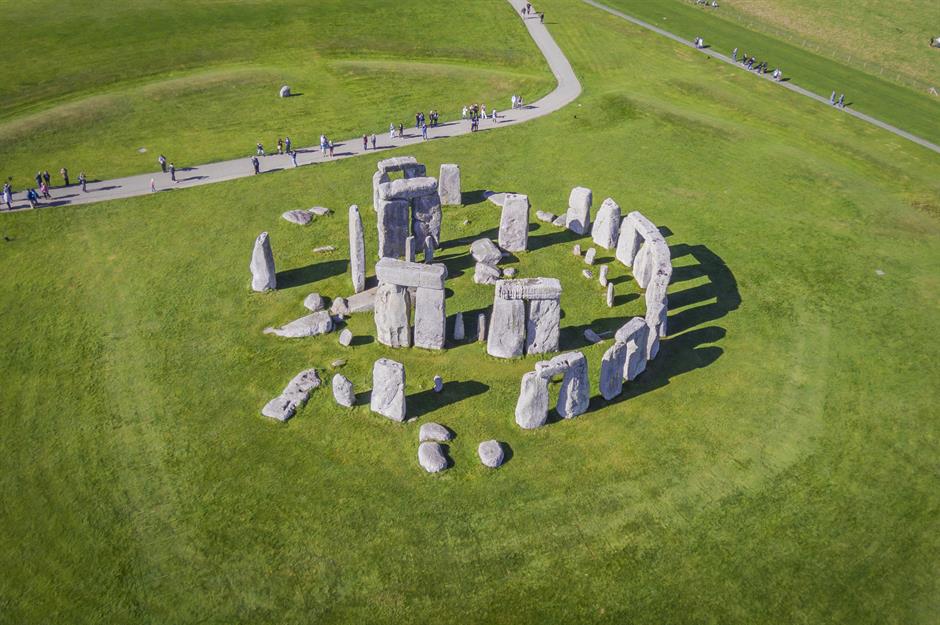
In recent years, scientists have used new technology to map the area around Stonehenge, leading to some remarkable discoveries. Results suggested that, historically, Stonehenge did not stand alone. In fact, archaeologists found evidence to suggest it was once part of a wider network of 17 structures. Meanwhile, another study has also shed some light on the Neolithic people who are thought to have built the monument.
The secrets of Stonehenge
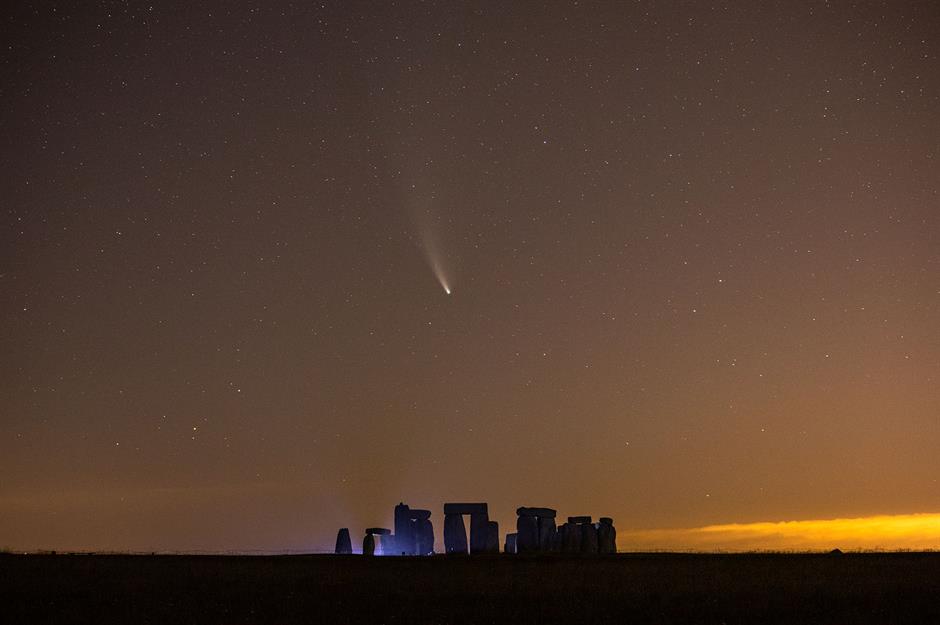
In July 2020, a study pinpointed where Stonehenge's large upright sandstone boulders, called sarsens, originated from. New chemical analysis of a stone that was removed during restoration works in 1958 shows it’s likely these huge blocks were quarried just 15 miles (24km) away in West Woods, Wiltshire. Further analysis shows that 50 of the 52 stones at the site have the same chemical structure, but where the other two boulders came from remains a mystery. Here, the stunning spot is pictured as the Comet NEOWISE passes over on 21 July 2020.
The secrets of Stonehenge
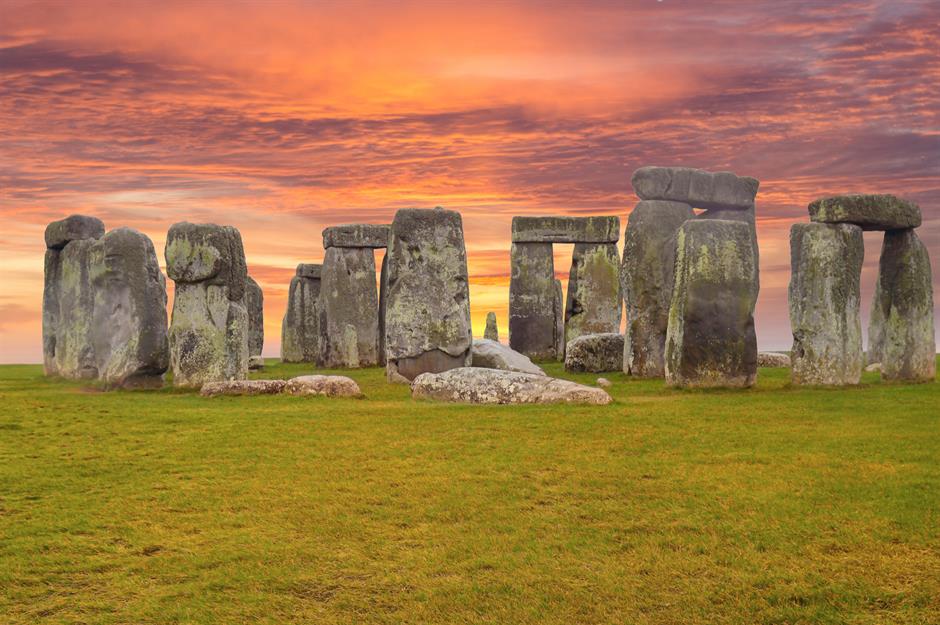
Also in 2020, a series of deep pits was unearthed, just under two miles (3.2km) from Stonehenge. When they were first discovered, some archaeologists dismissed them as natural parts of the landscape, but research in 202 confirmed they’re human-made. This makes them the largest prehistoric structure ever found in Britain.
The secrets of Stonehenge
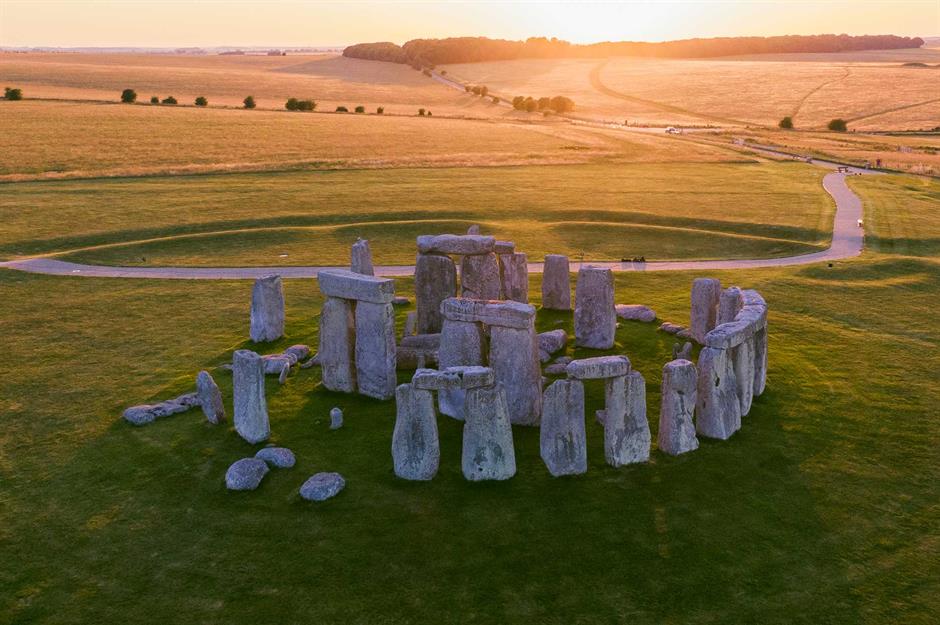
In March 2022, new light was shed on Stonehenge's use in ancient times. A study from Bournemouth University in England, concluded that the monument served as a solar calendar, with monoliths made from different types of stones representing days and months. However, the findings have been criticised because the theory doesn't account for all the stones that make up the site.
Here are more mysterious stone circles that are still baffling experts
Tracing the origins of the Nazca Lines
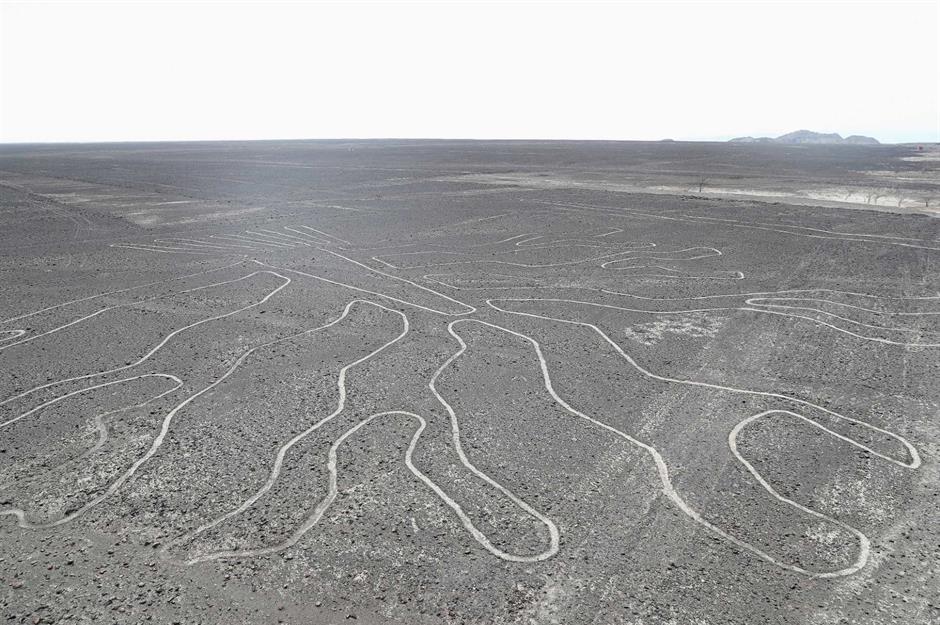
In the heart of the Peruvian desert, some 250 miles (400km) south of Lima, lie a series of geoglyphs thought to date back around 2,000 years. They’re known as the Nazca Lines and they were recognised as a UNESCO World Heritage Site in 1994. But a recent discovery in the nearby hills of Palpa could predate them by as much as 1,500 years.
Tracing the origins of the Nazca Lines
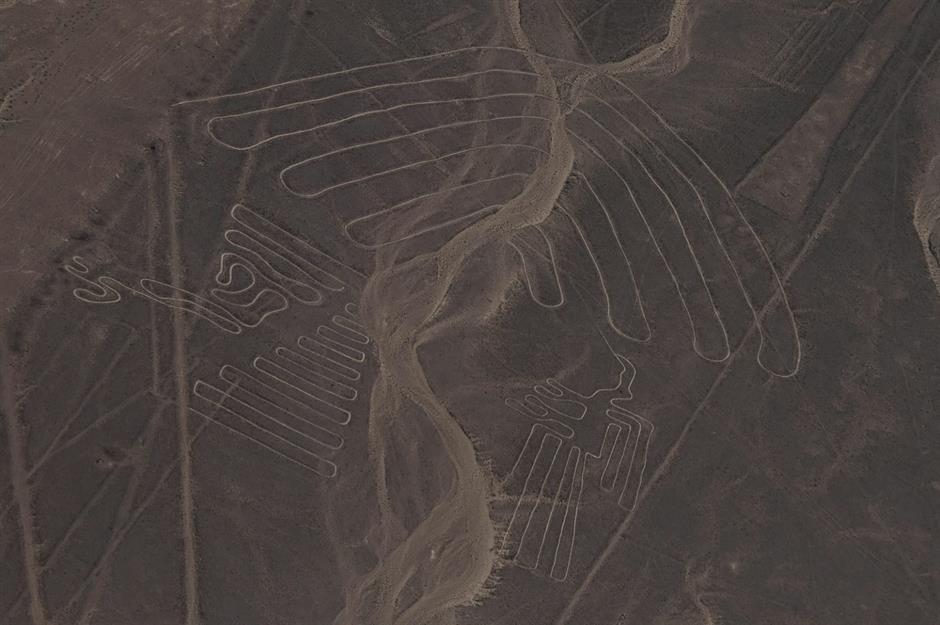
New research, led by Peruvian archaeologist Johny Isla, used drones to uncover hundreds of similar drawings – which are believed to have been carved into the desert by the Paracas and Topará cultures, between 500 BC and AD 200. But while the later Nazca Lines were etched onto flat land, these earlier drawings were created on the hillsides. This suggests they were made for the enjoyment of people rather than as offerings to the Gods.
Can you guess these world-famous landmarks from their close-ups?
Ancient map of the stars discovered in a medieval manuscript
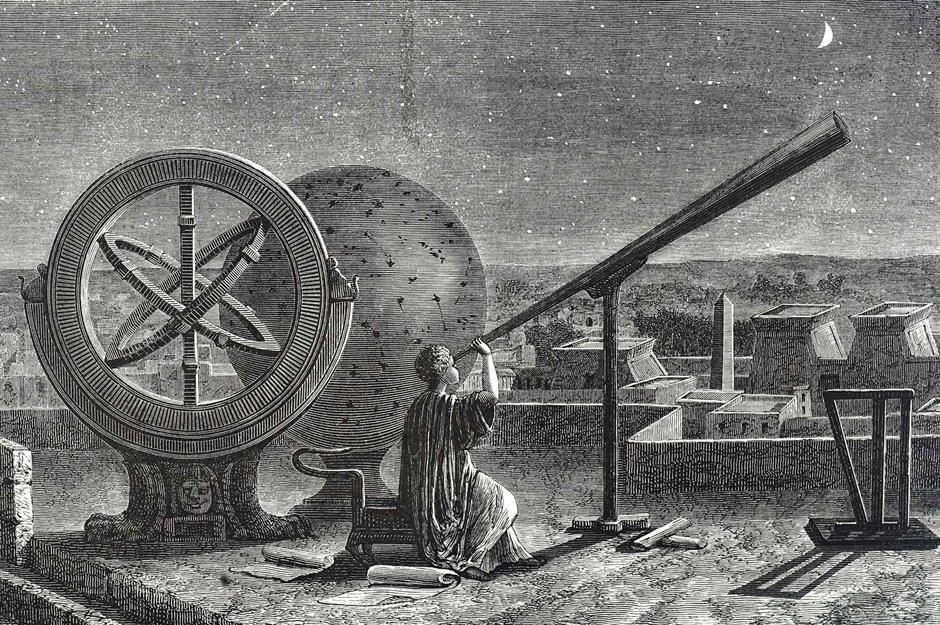
Over 2,000 years ago, Greek astronomer Hipparchus charted the precise locations of stars and celestial objects. While historians thought his 'star catalogue' was lost to time, researchers now believe they've located part of the map in the pages of a medieval manuscript. The Codex Climaci Rescriptus contains Christian texts, but through multispectral imaging technology (using X-ray and infrared approaches), scientists have revealed hints of pigment and drawings or writing beneath layers of paint or ink.
Ancient map of the stars discovered in a medieval manuscript
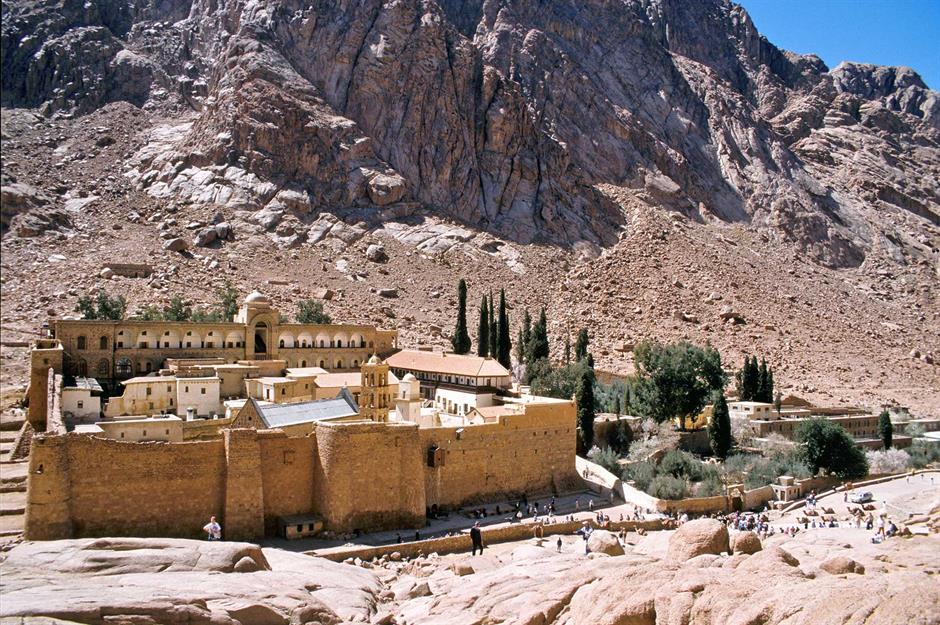
This suggests that the document was scrubbed of older writing to be reused in later centuries. The manuscript was originally held at Saint Catherine's Monastery (pictured) in Egypt. Researchers were astonished by the accuracy of Hipparchus's coordinates of the Corona Borealis constellation and pinpointed the text to 129 BC, when the Greek astronomer was still alive.
Assyrian marble reliefs discovered in Mosul
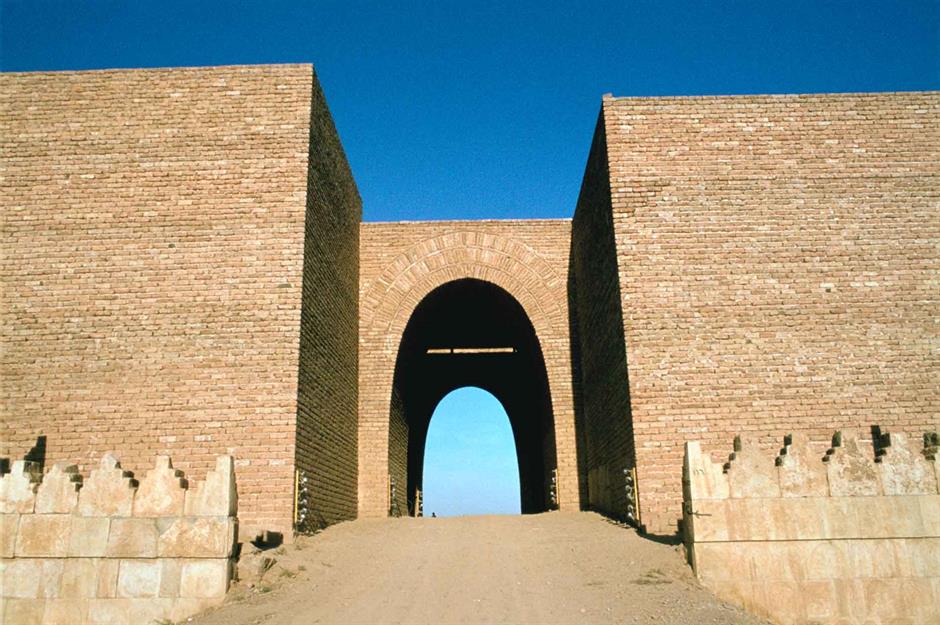
The Mashki Gate (Gate of God) was built around 700 BC in ancient Nineveh (modern-day Mosul) as the entrance for King Sennacherib's palace. While it was reconstructed in the 1970s (pictured), the beautiful edifice was destroyed by ISIS militants in 2016. However, in 2022 an excavation team rebuilding the beautiful gate unearthed Assyrian marble reliefs in a previously hidden room.
Assyrian marble reliefs discovered in Mosul
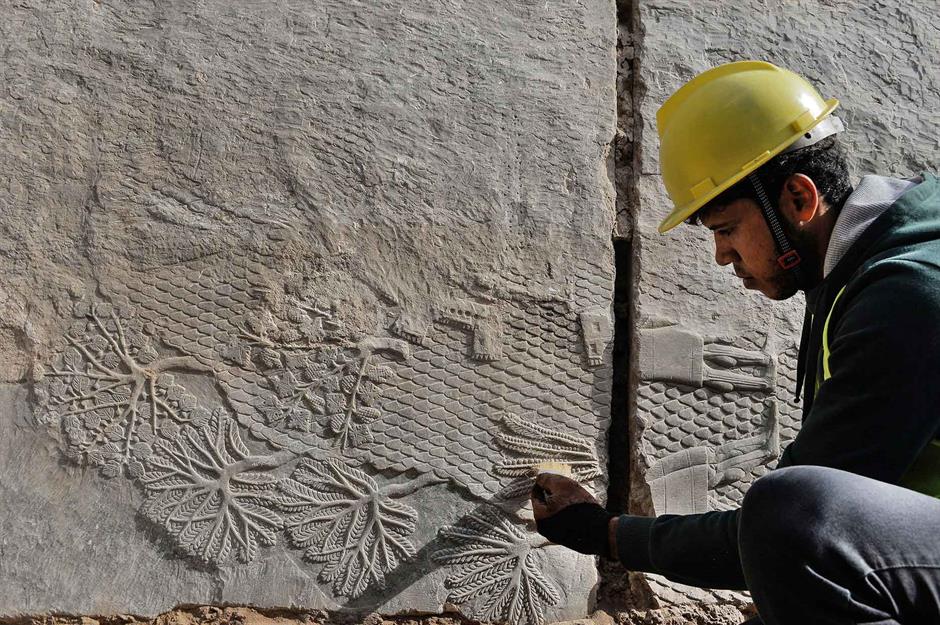
The astonishingly rare find included seven marble slabs with ornate carvings of palm trees, pomegranates and Assyrian soldiers firing arrows (pictured). Buried beneath the surface, the ancient artwork had remained well-preserved for nearly 2,700 years. And other excavations at nearby Faida Archaeological Park revealed 13 reliefs carved into the walls of a six-mile (9.6km) long irrigation canal. The find was described as "without parallel in Near Eastern rock art" and had not been fully uncovered until 2022.
The tunnel that could lead to Cleopatra's tomb
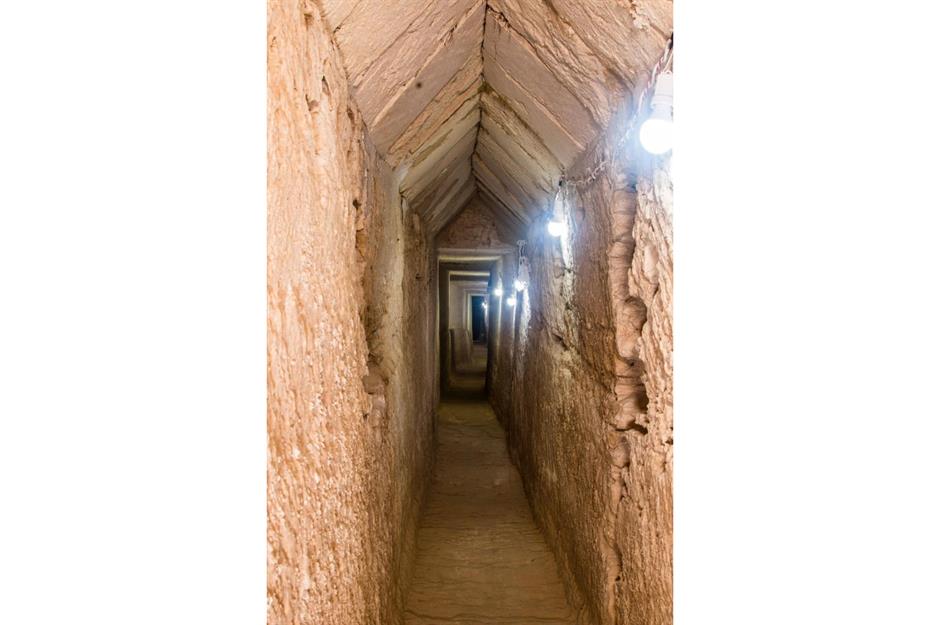
Archaeologists could be on the brink of discovering Cleopatra's long-lost tomb following the discovery of an underground tunnel, located 42 feet (13m) beneath the Taposiris Magna Temple (the Great Tomb of Osiris). Uncovered during archaeological excavations in the area, west of Alexandria, the tunnel is nearly 4,275 feet (1,305m) long and has been dubbed a 'geometric miracle'. Coins bearing the images and names of Cleopatra and Alexander the Great, beheaded statues (including one of the goddess Isis) and pottery vessels were uncovered at the site.
The tunnel that could lead to Cleopatra's tomb
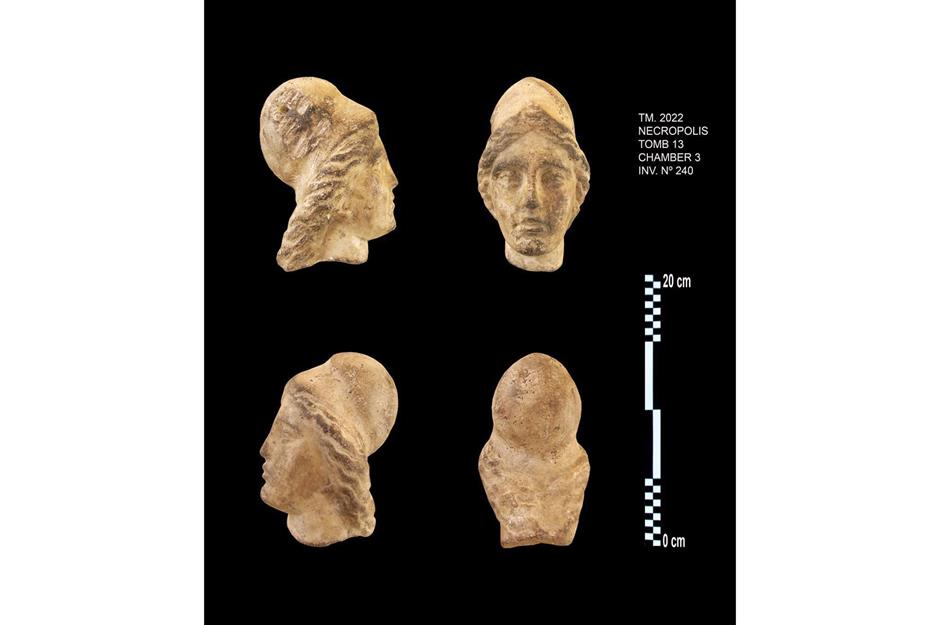
It's believed by some that the 6.5-foot-high (2m) structure could lead to the Egyptian queen's tomb. Cleopatra, the last ruler of the Ptolemaic Kingdom, died in 30 BC and is speculated to be buried with Mark Antony, her Roman general lover. There's a slim chance any of their remains would be found, but if so, it would be one of the most significant discoveries of the century.
Now discover Pompeii's secrets that are only just being uncovered
Comments
Do you want to comment on this article? You need to be signed in for this feature